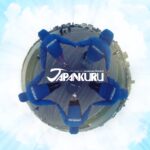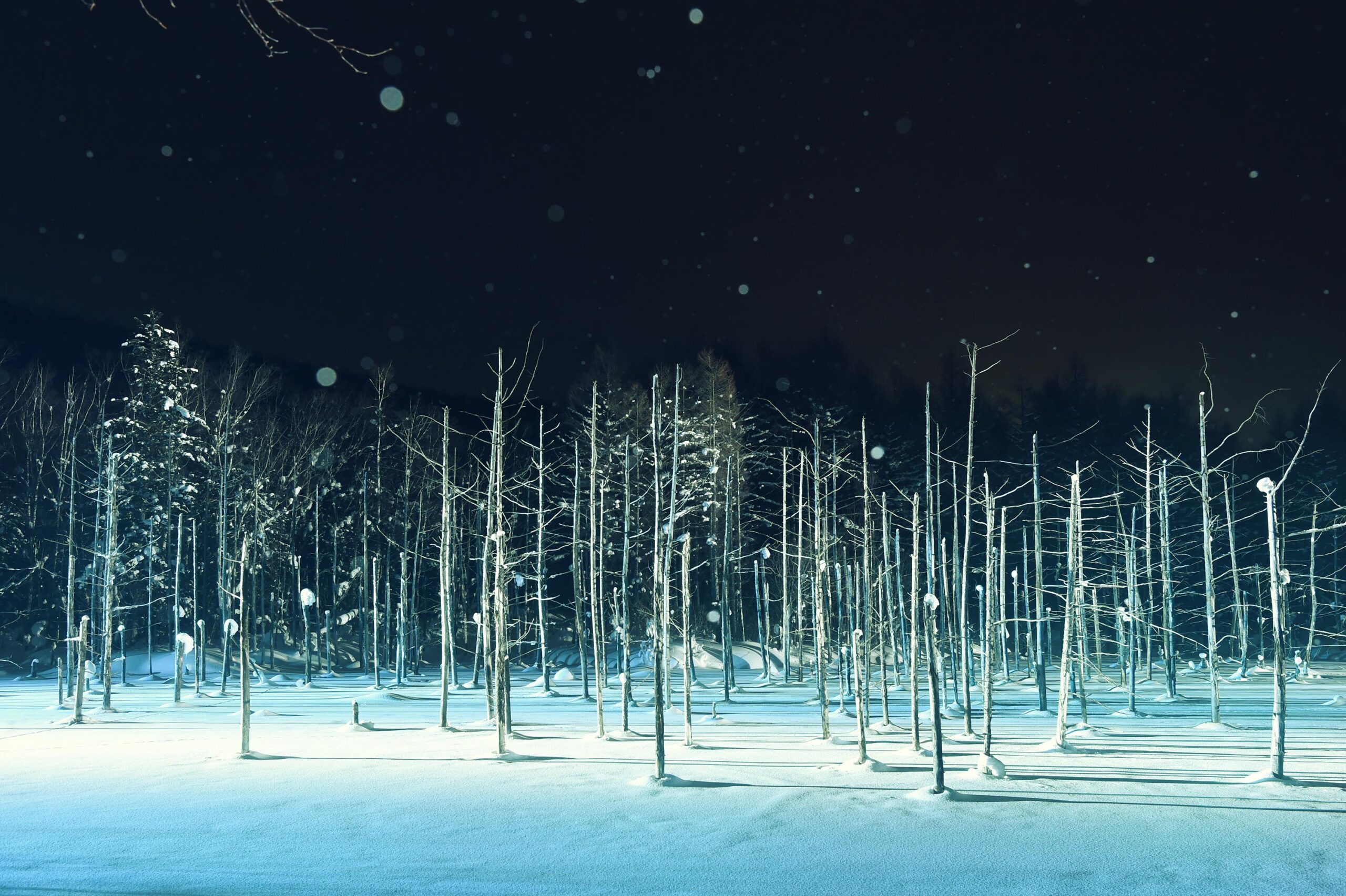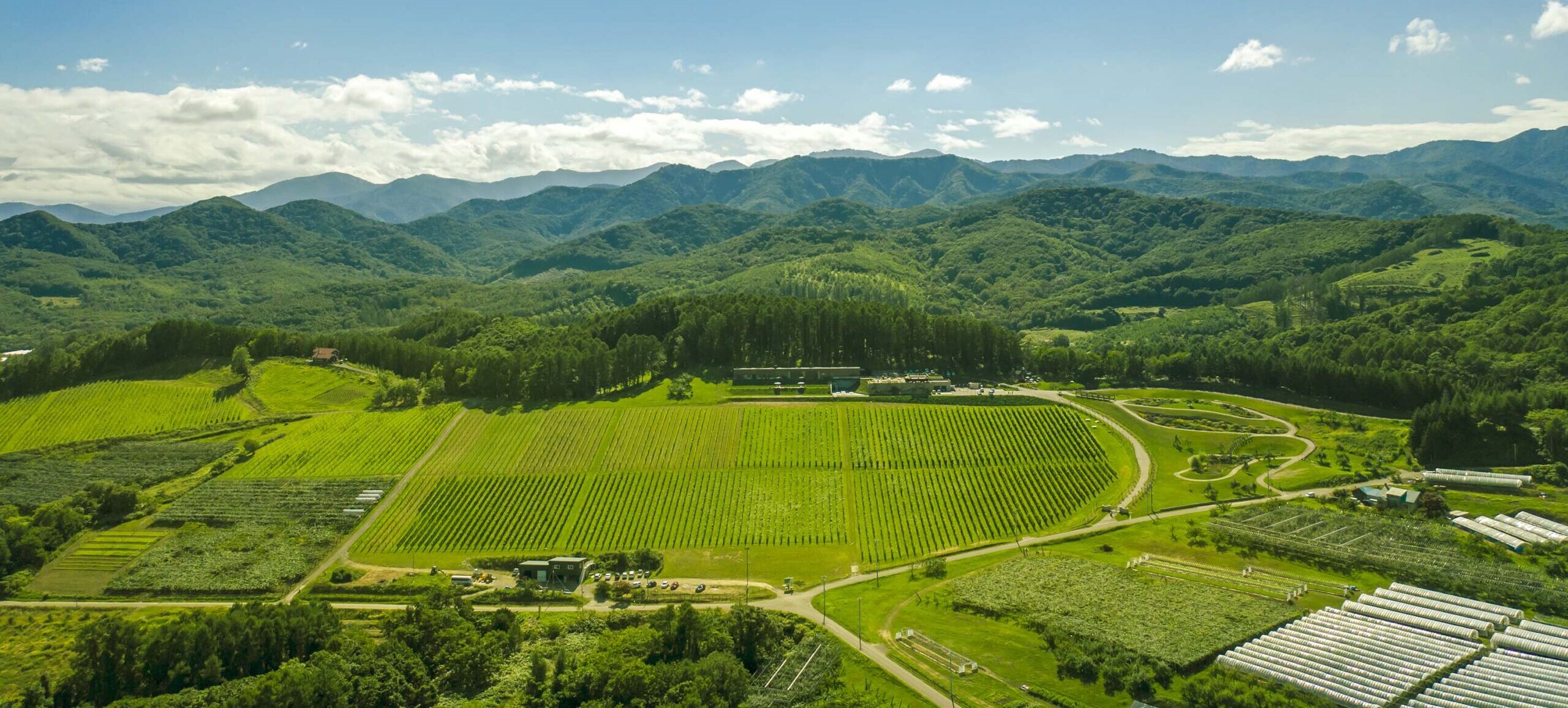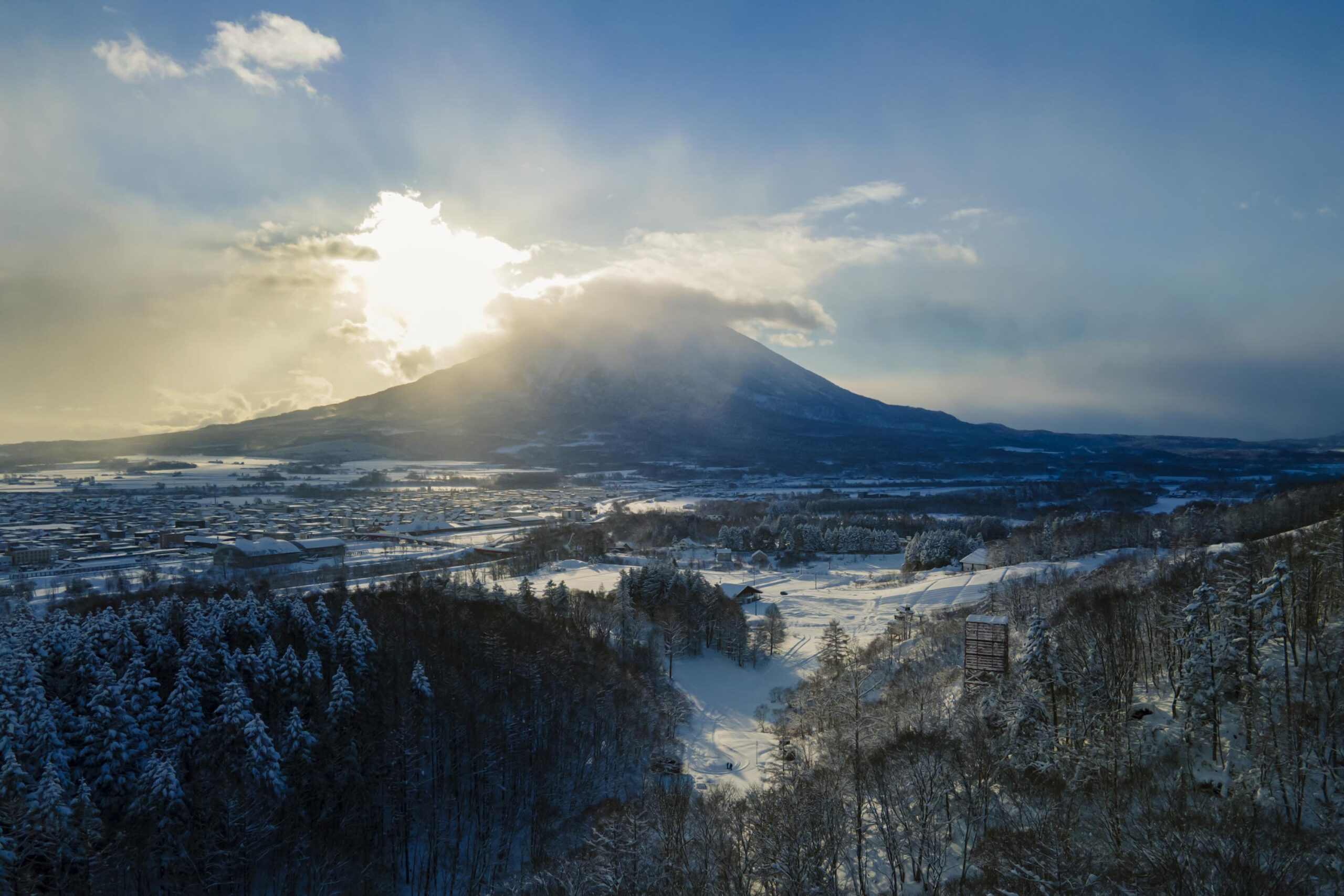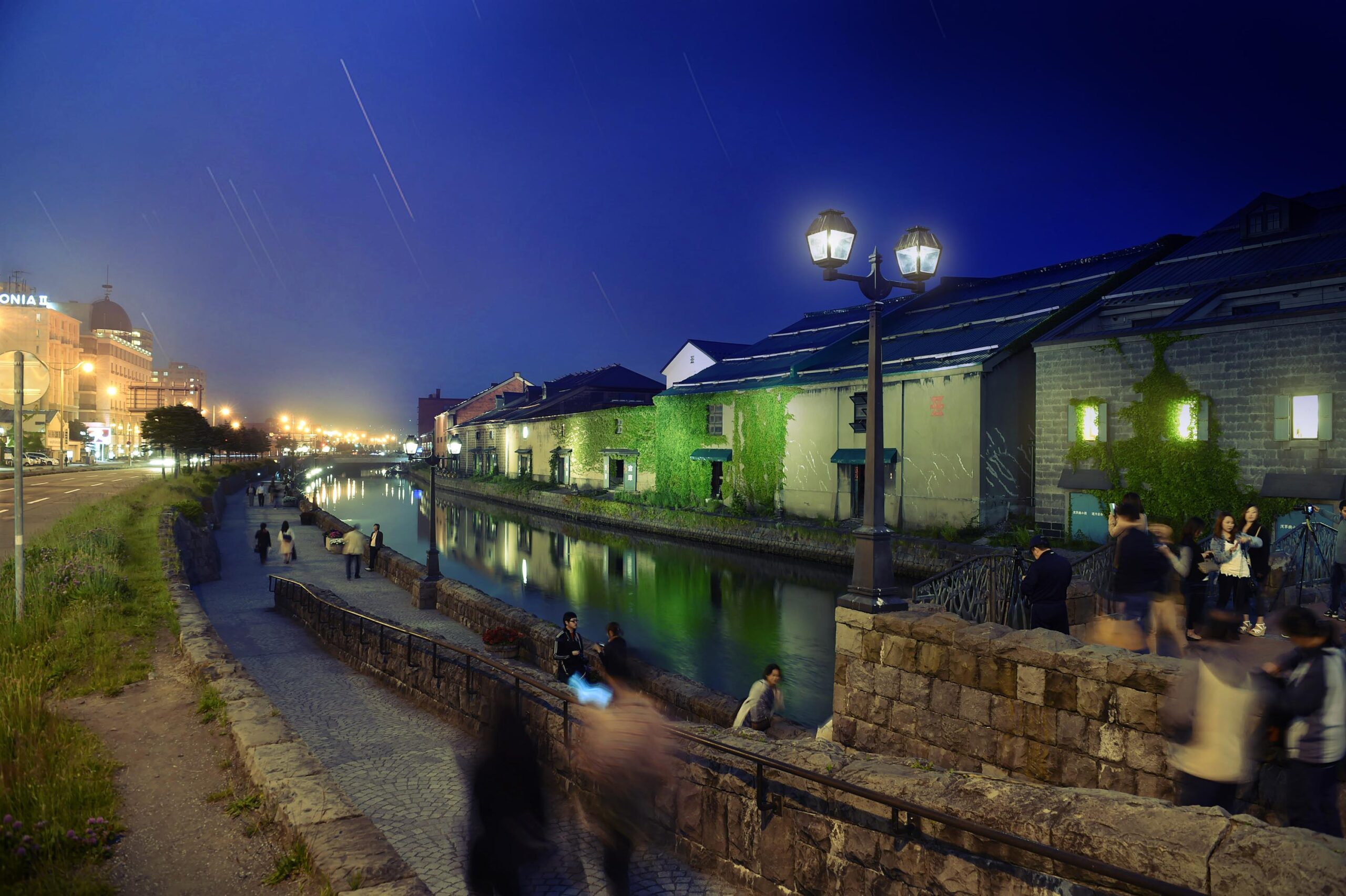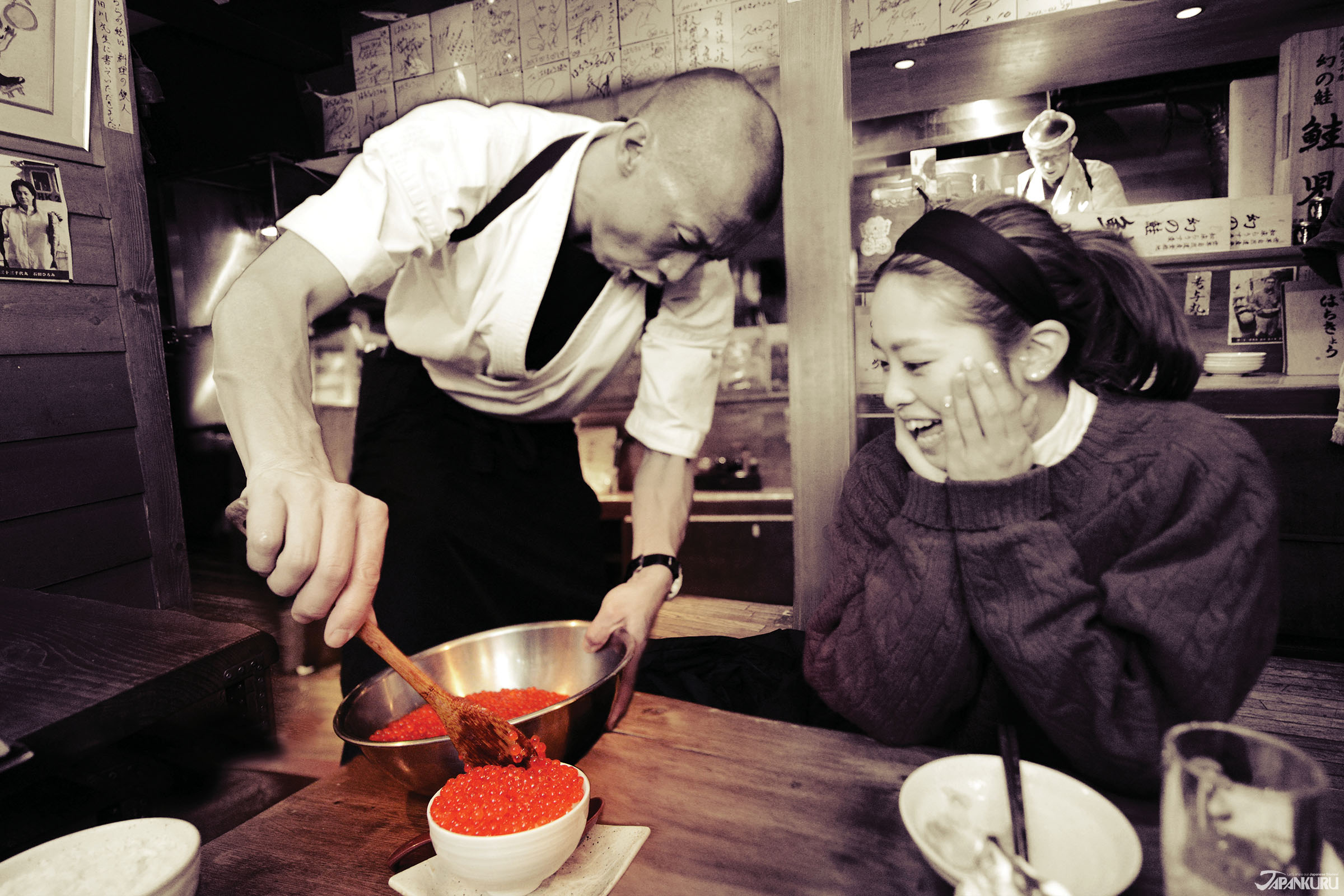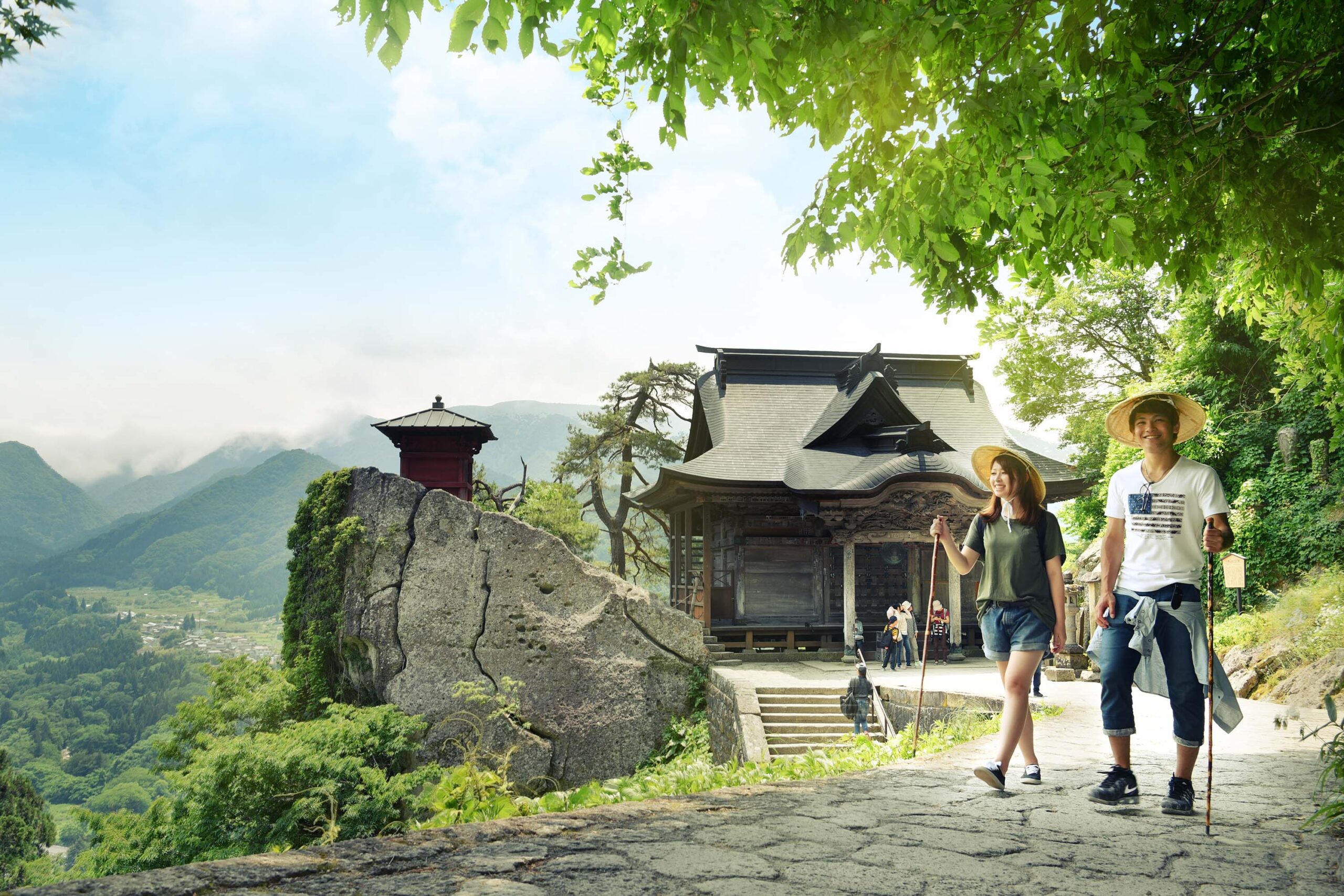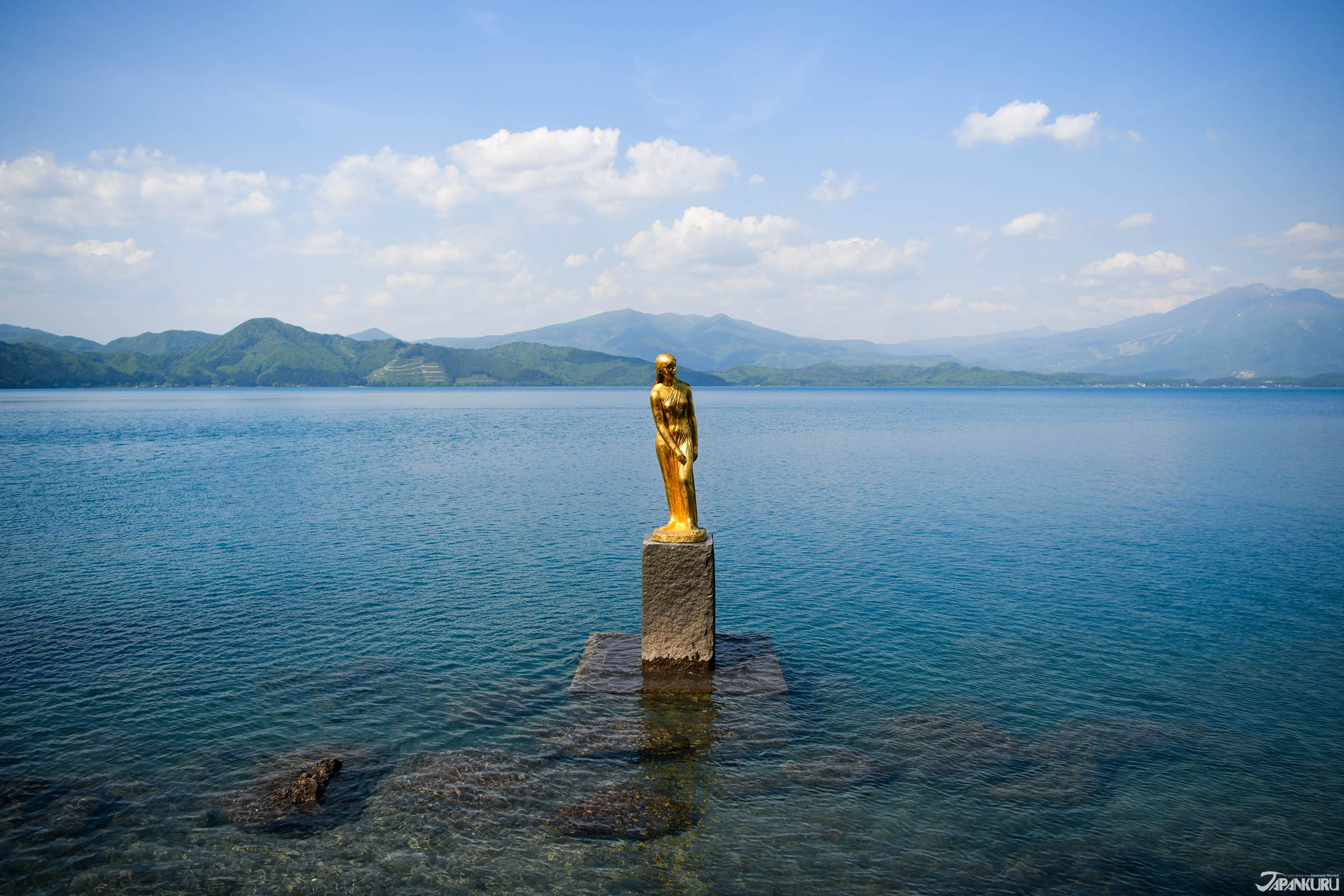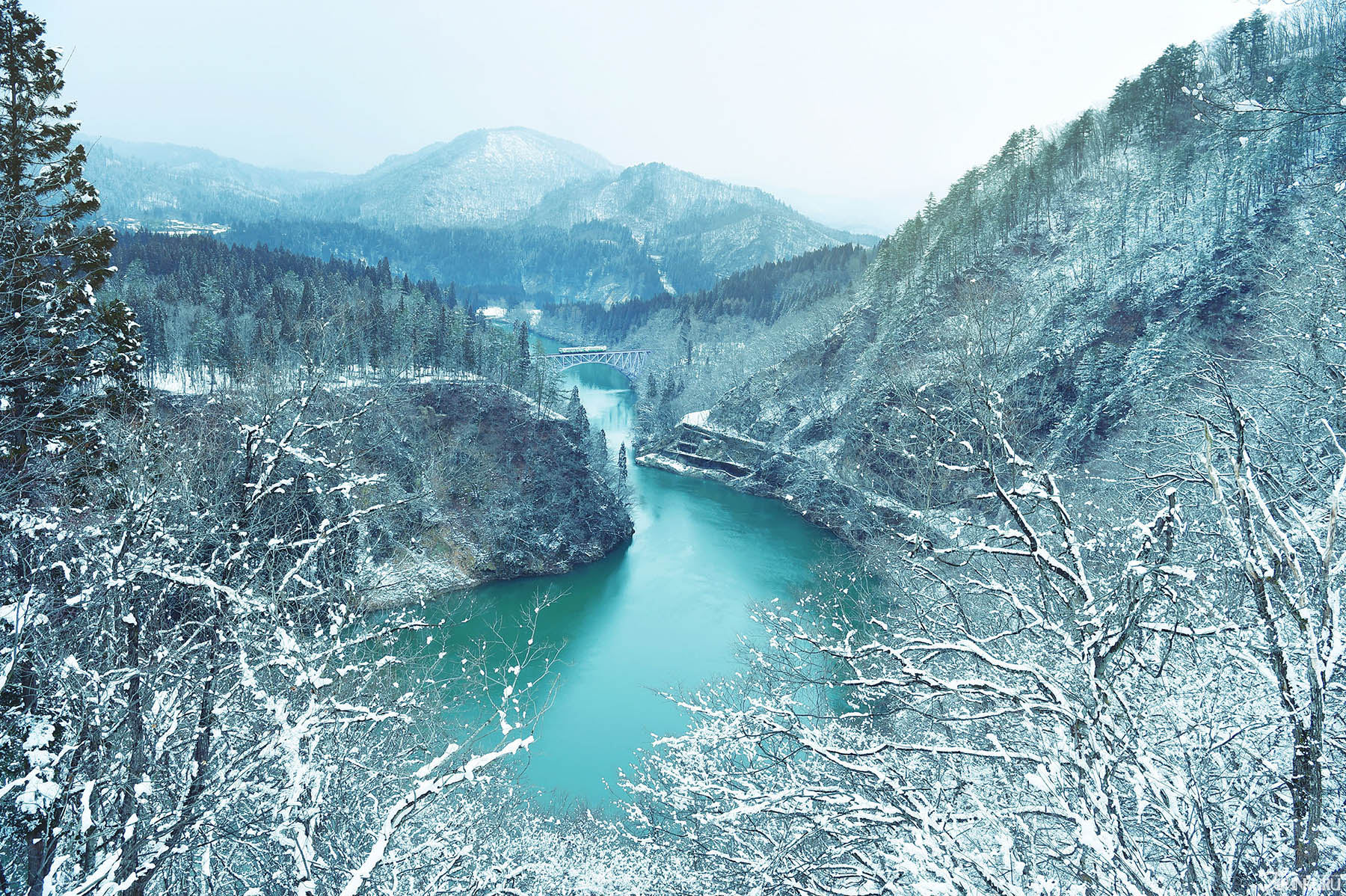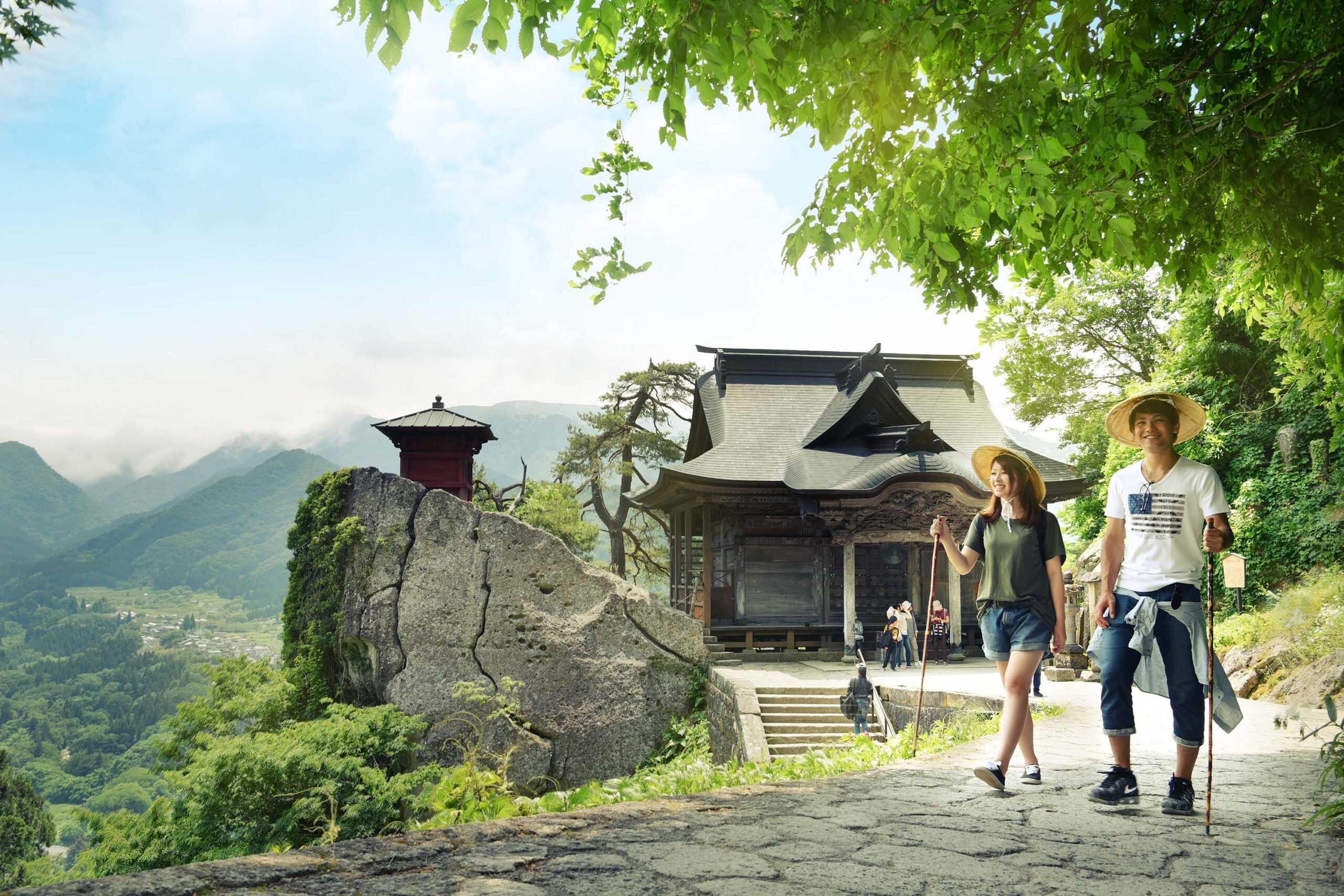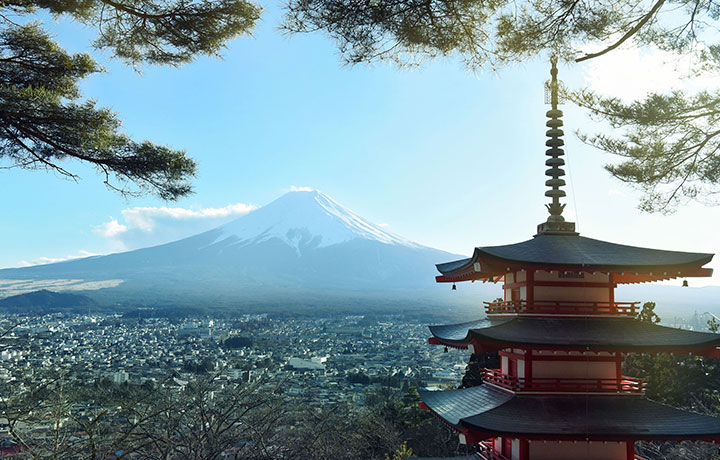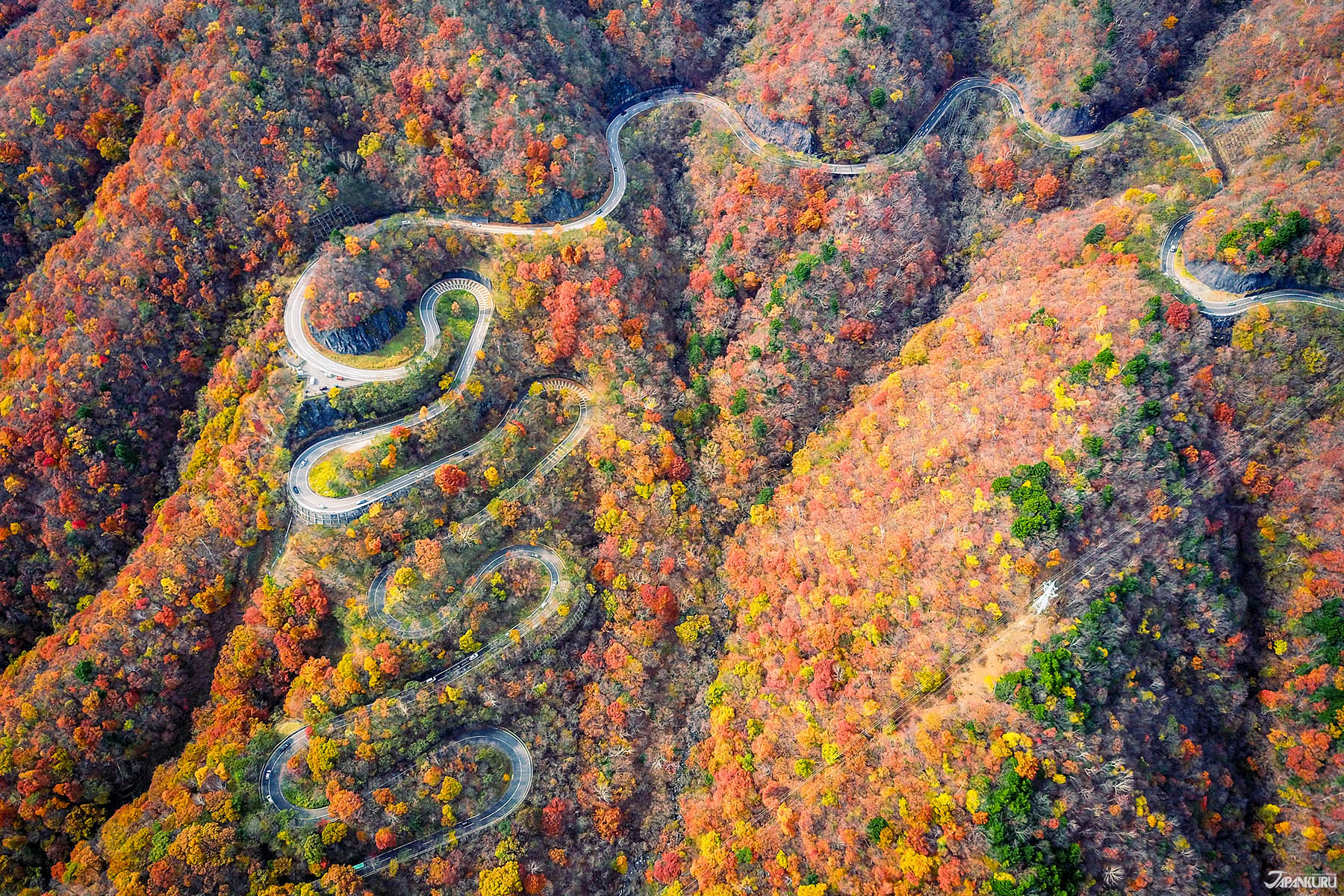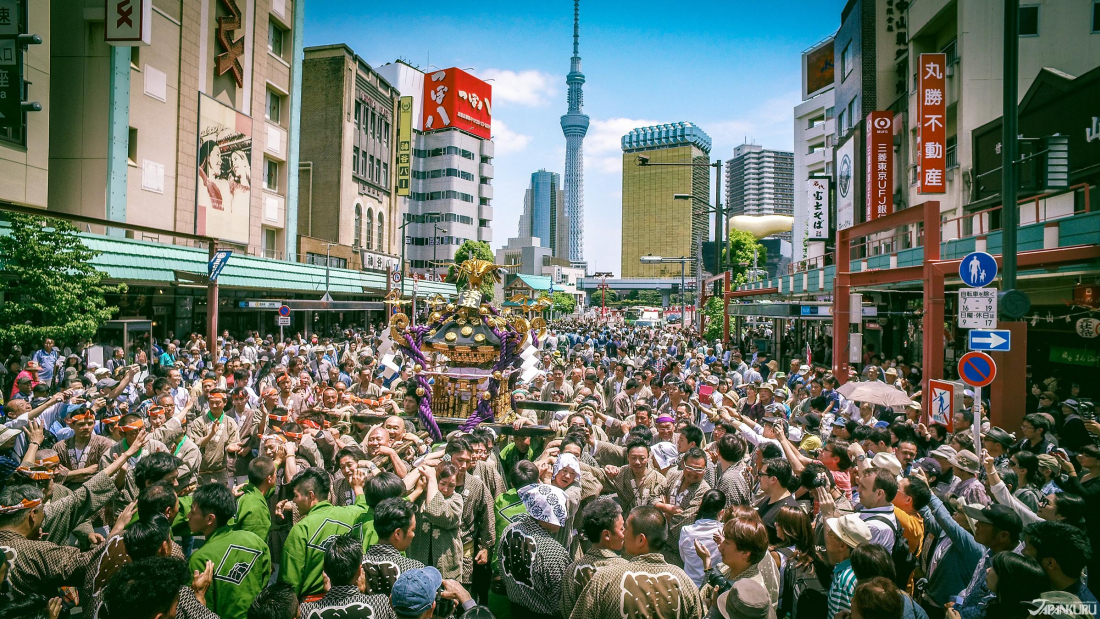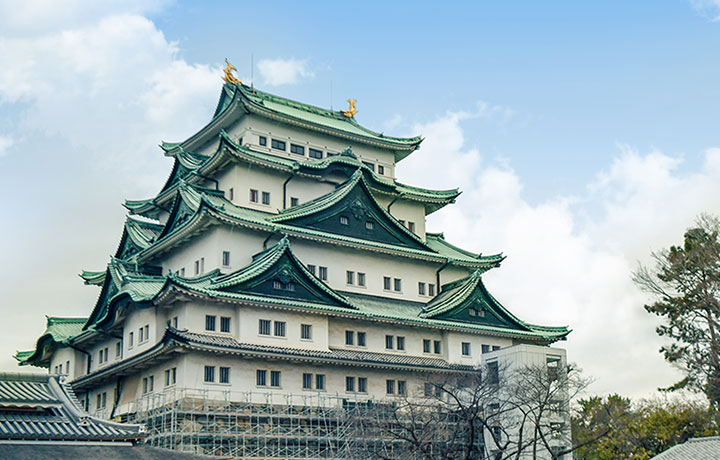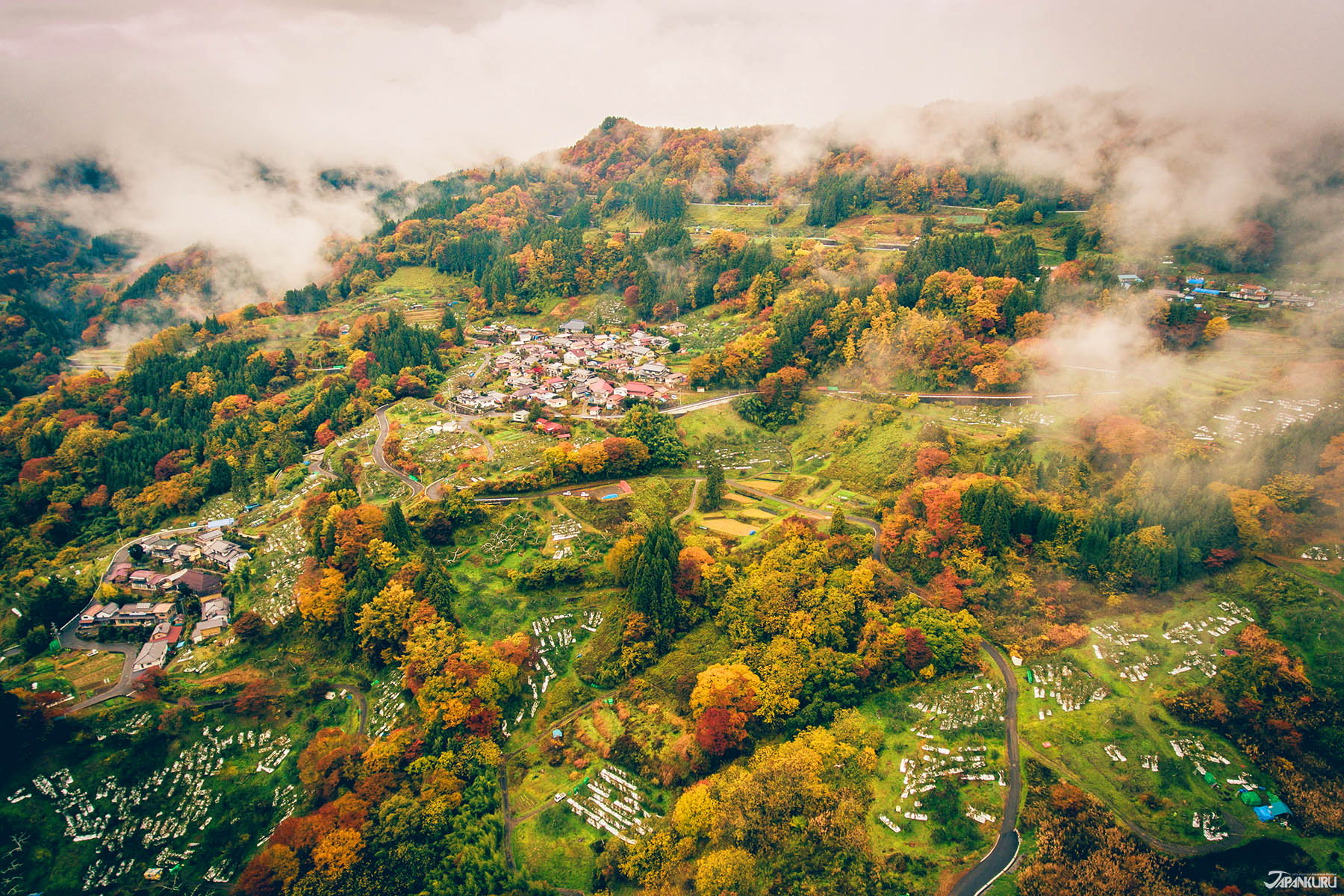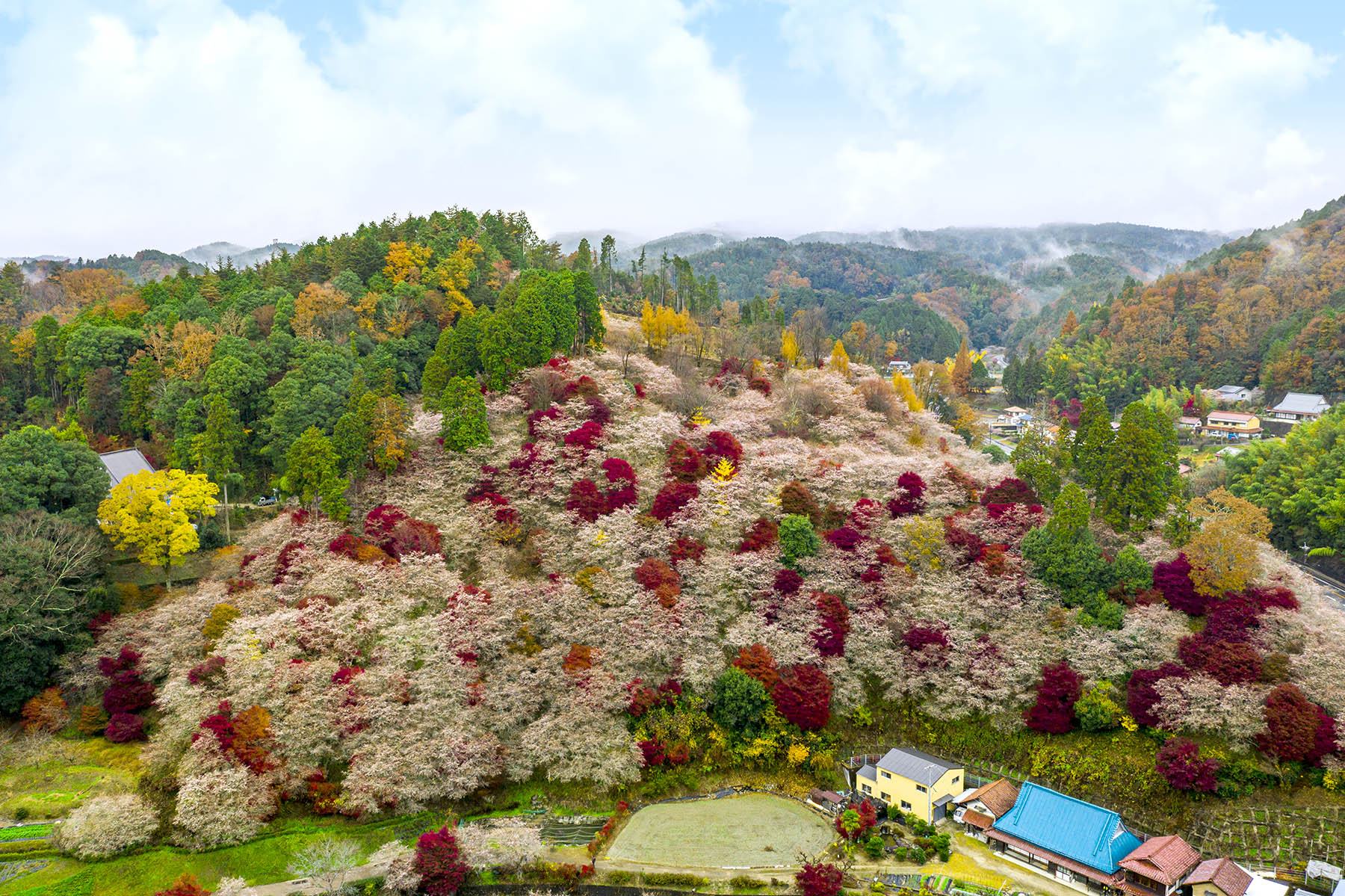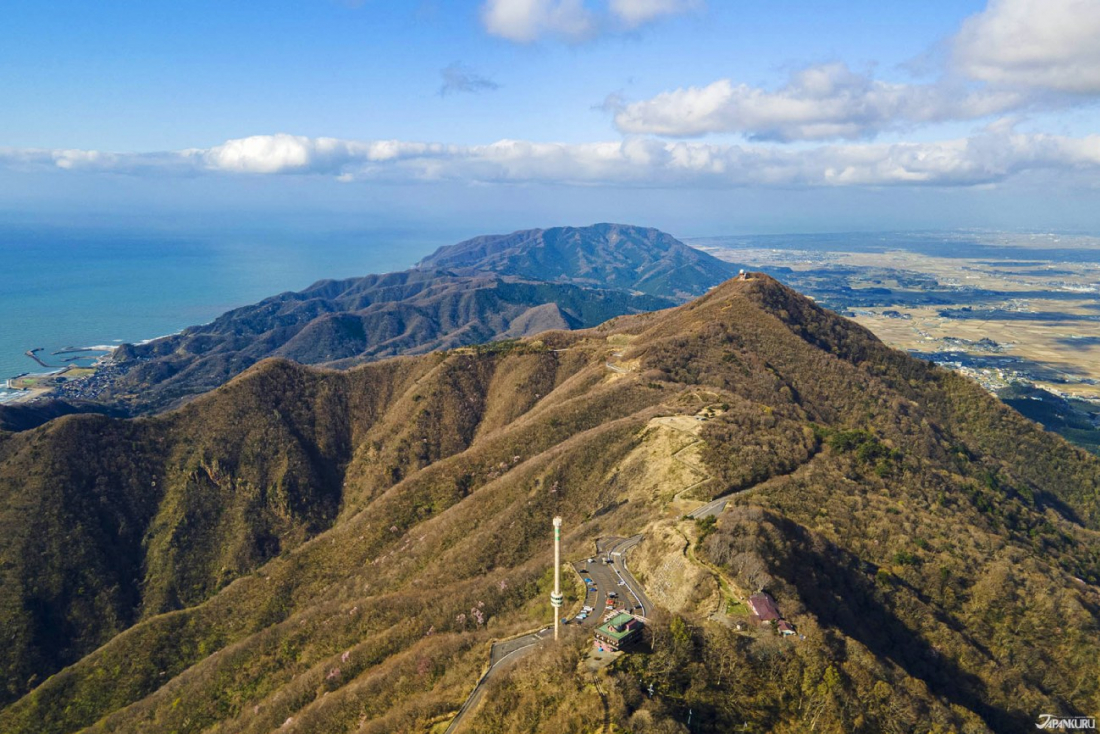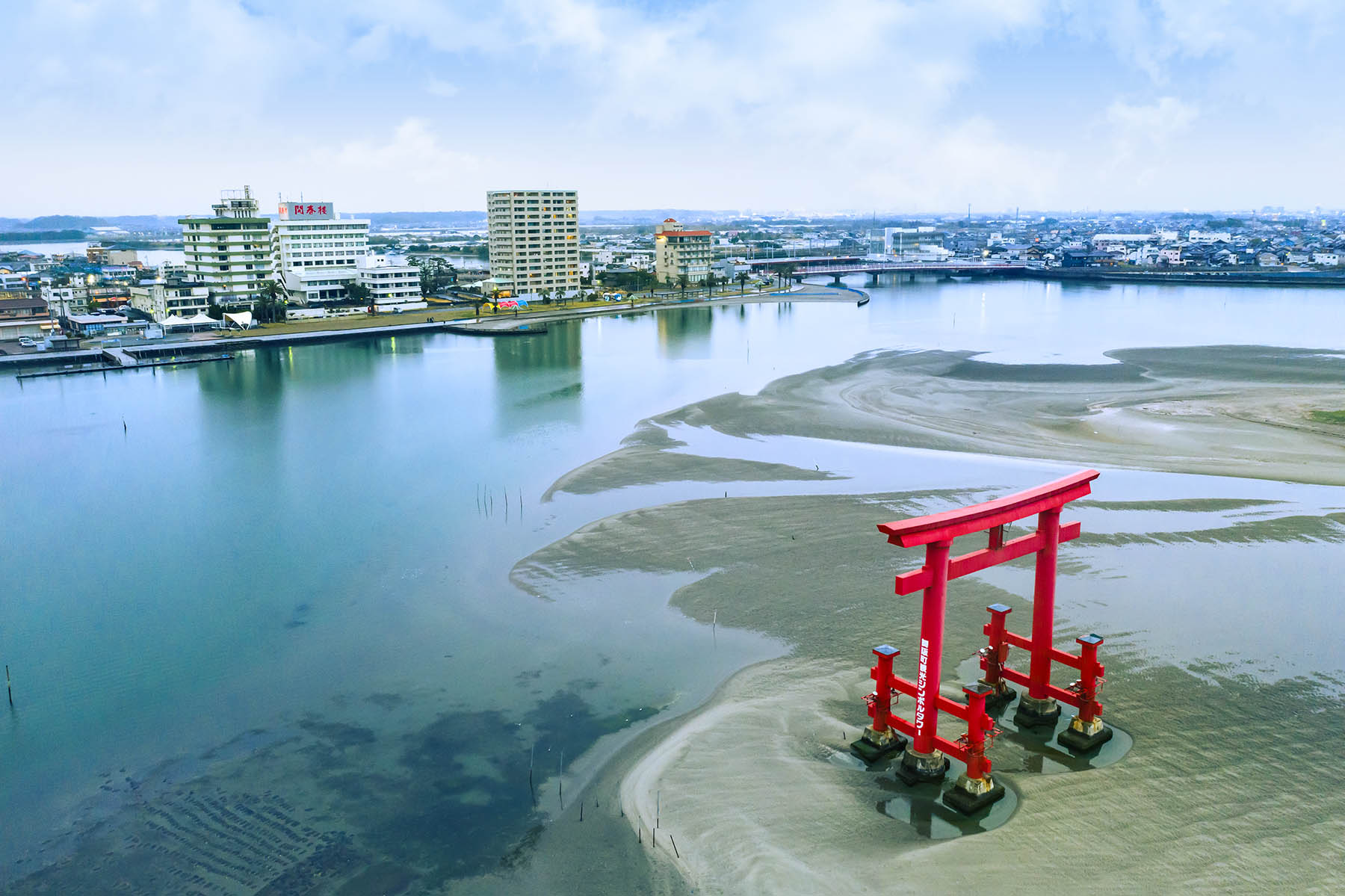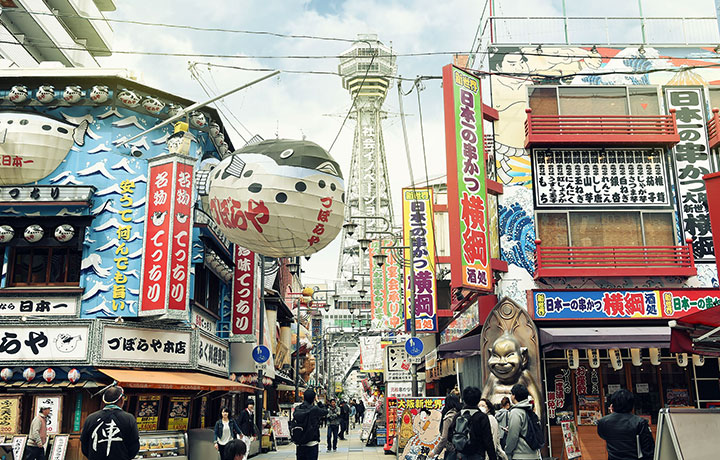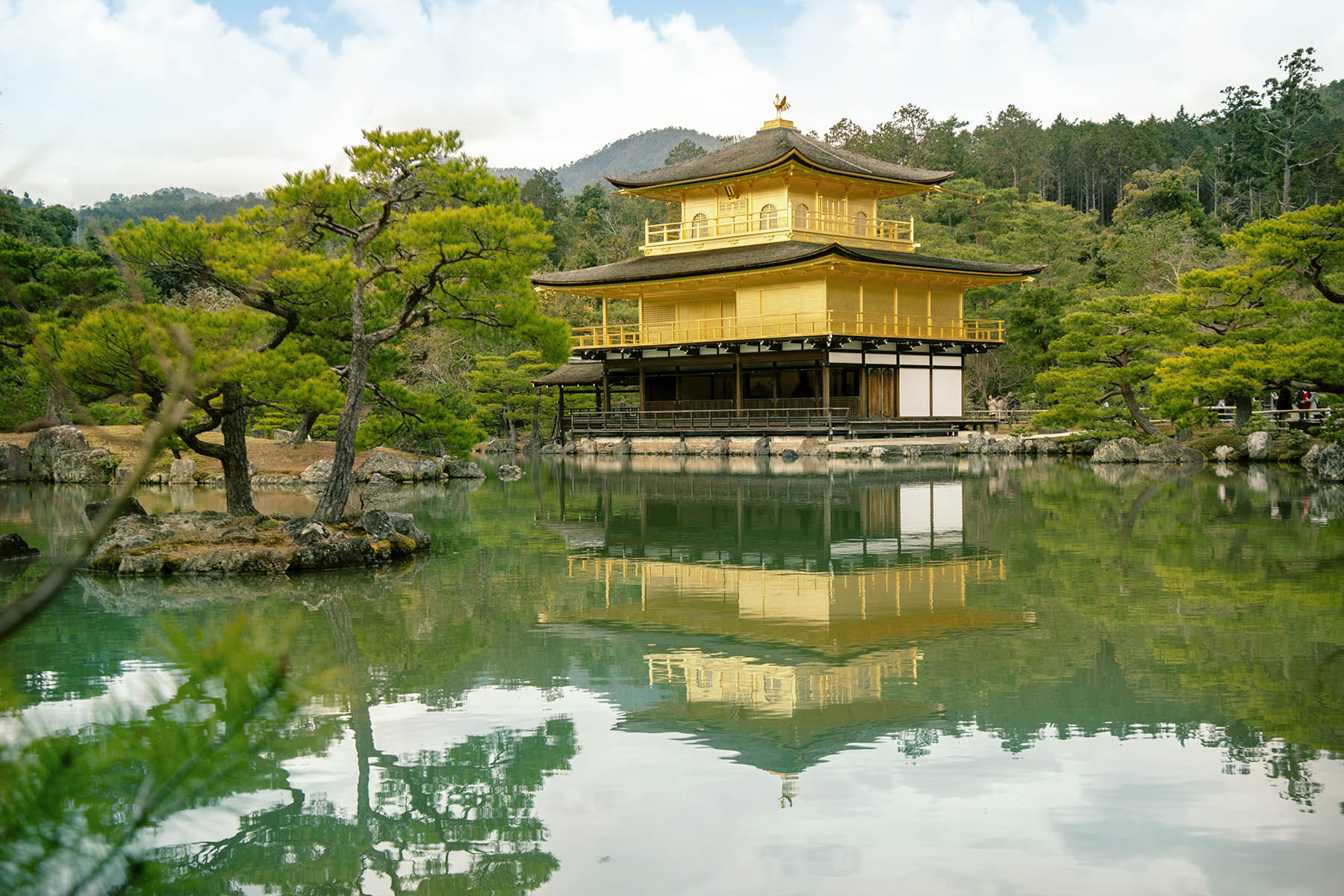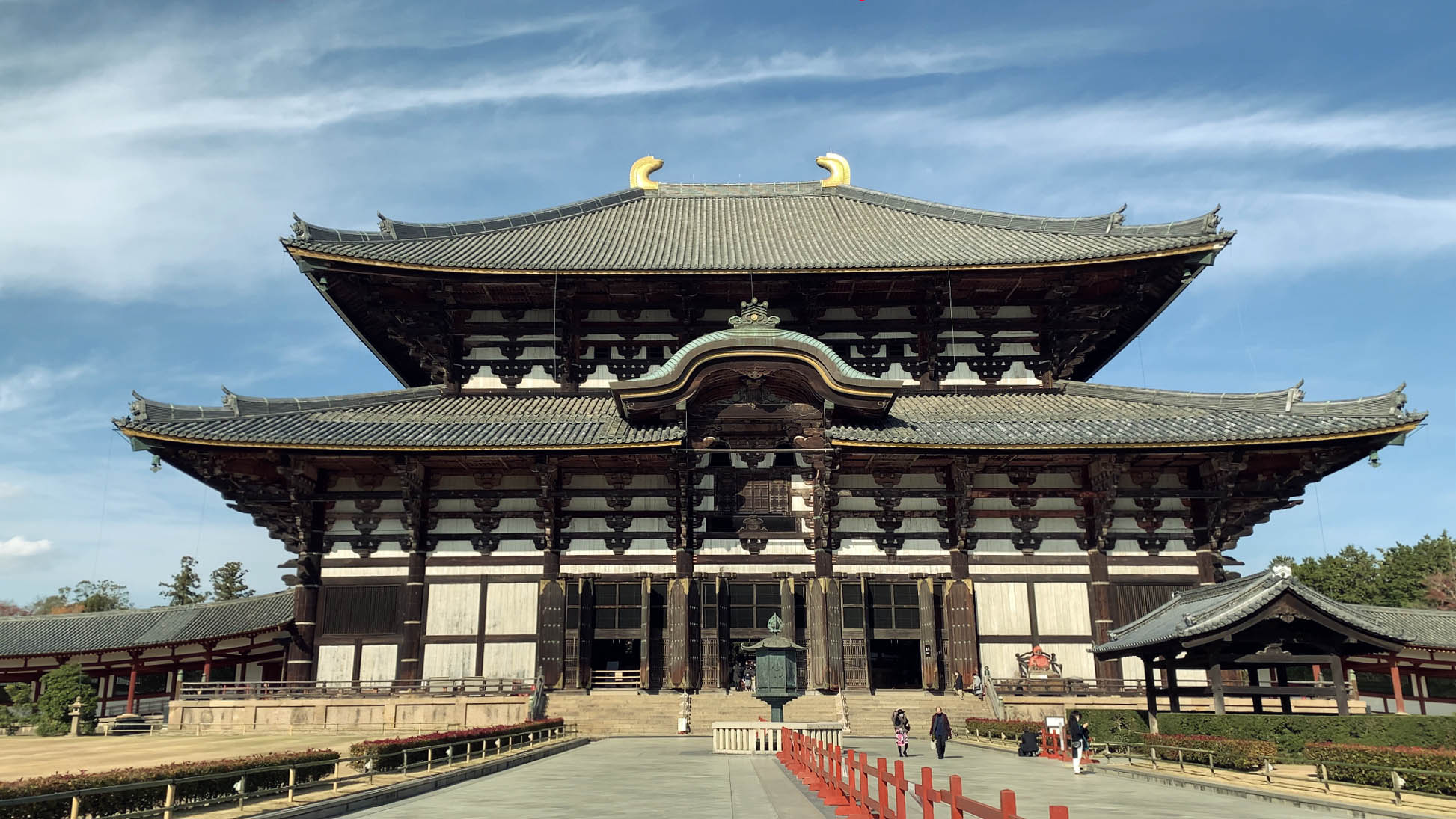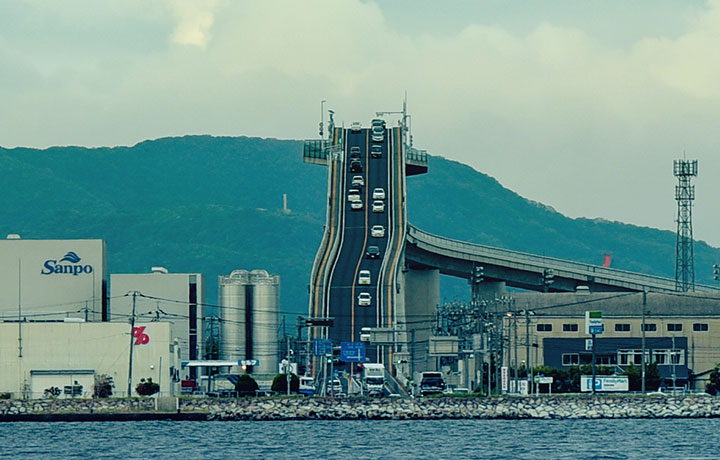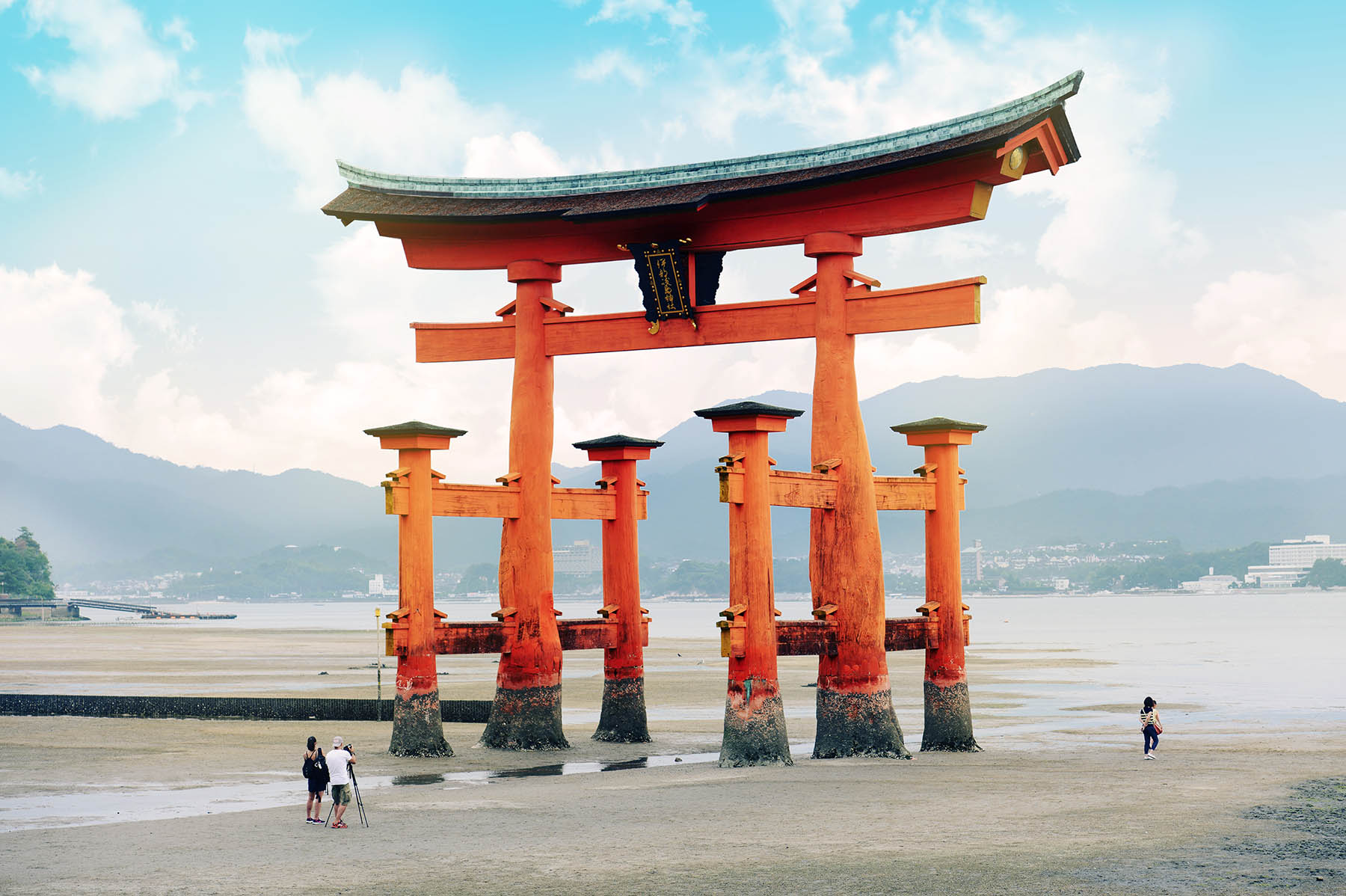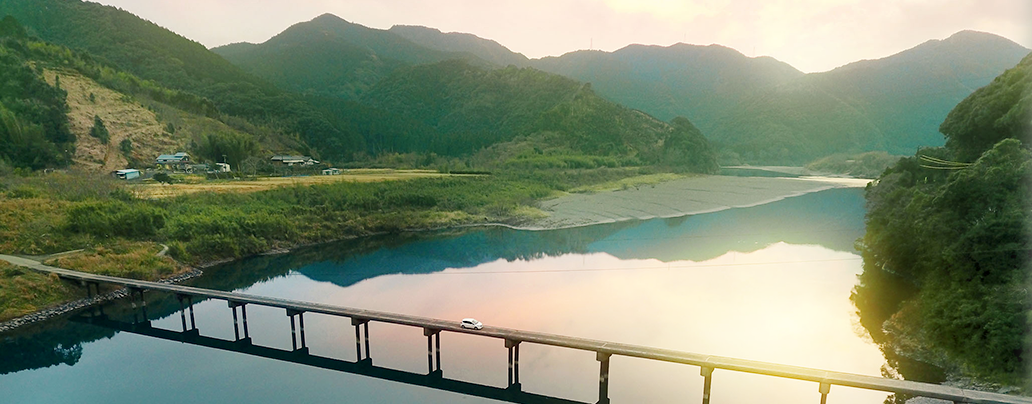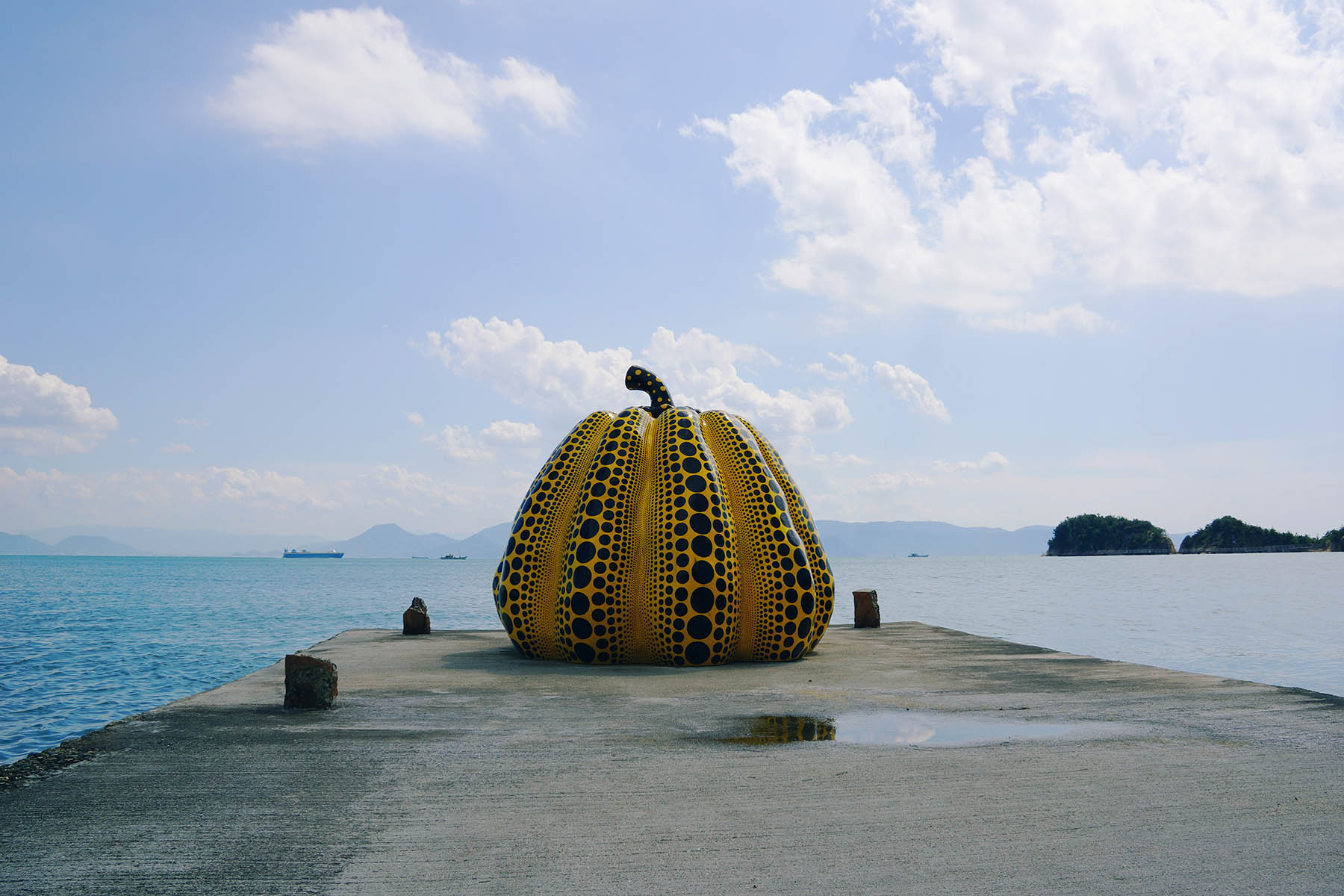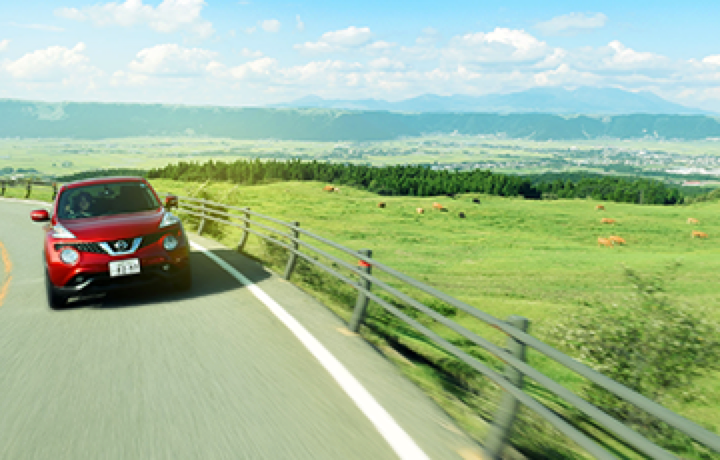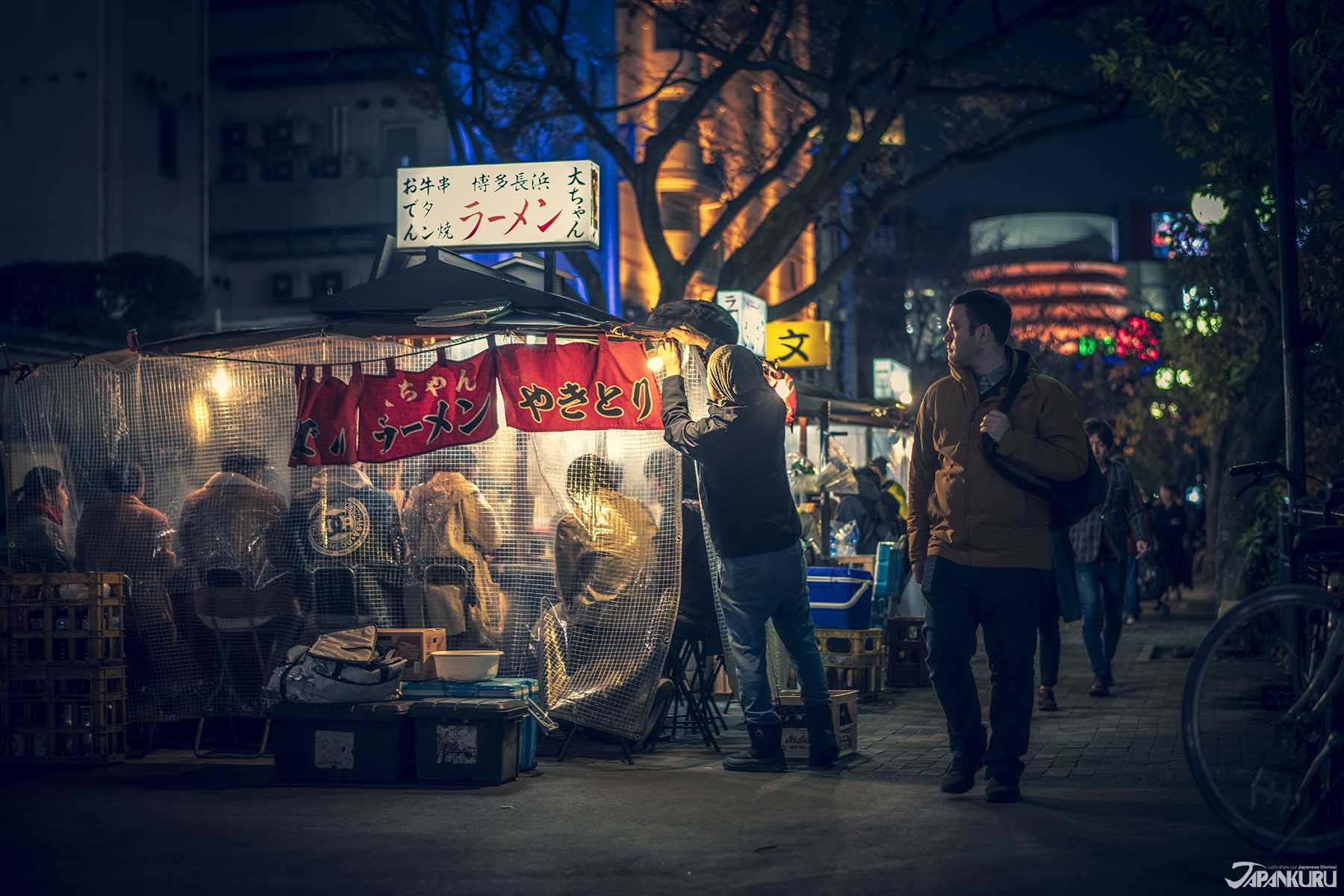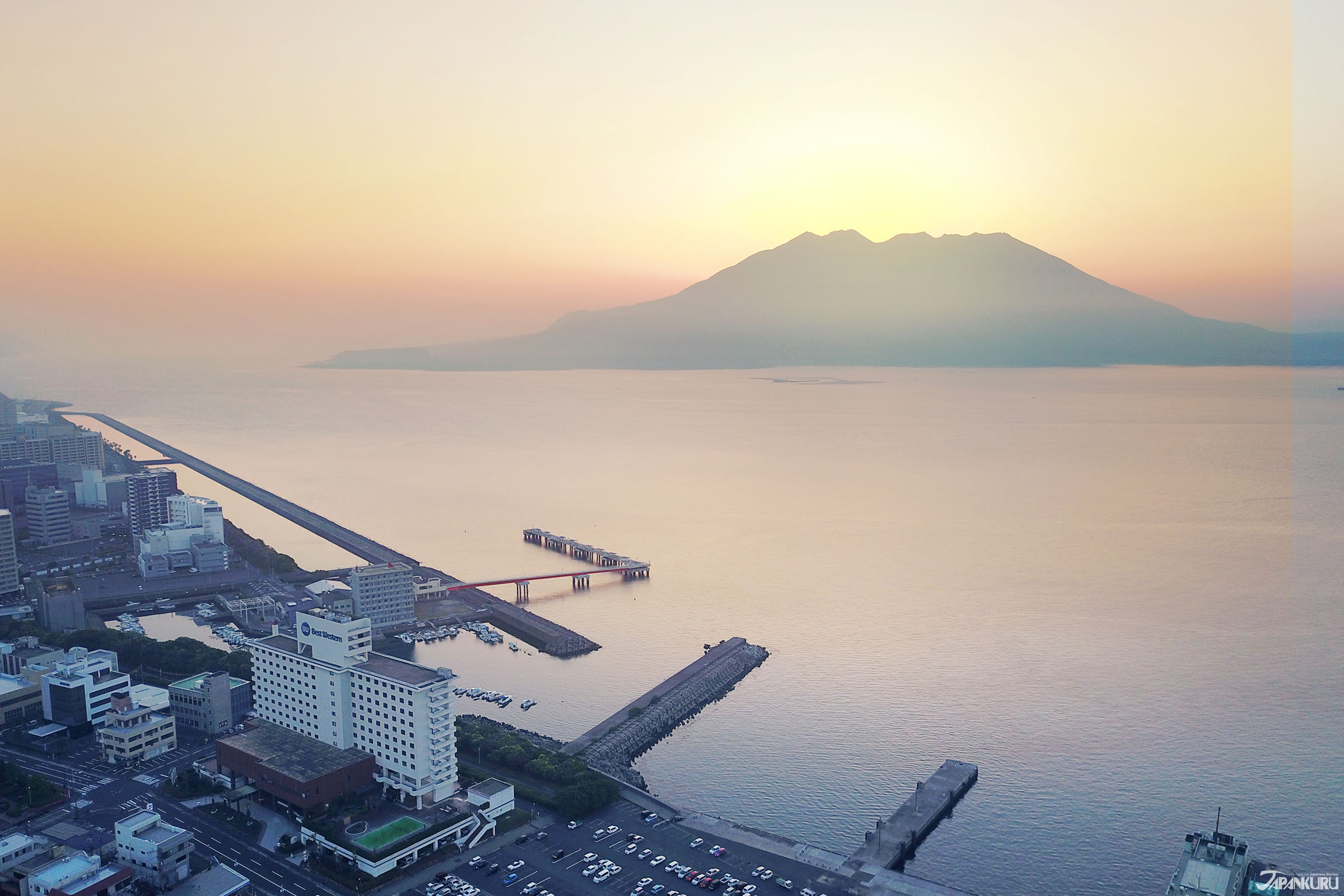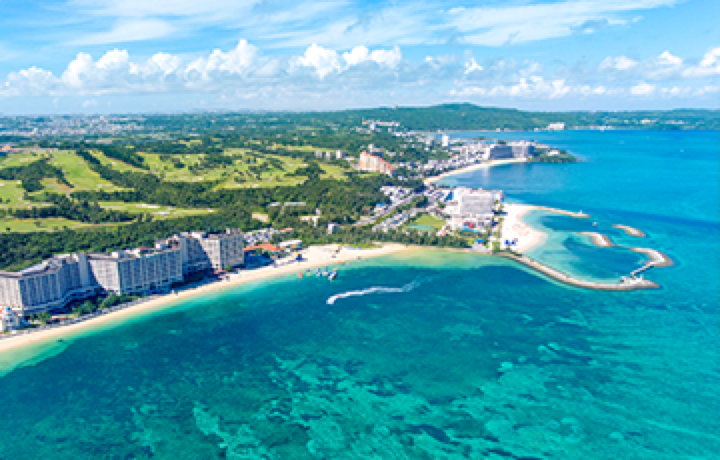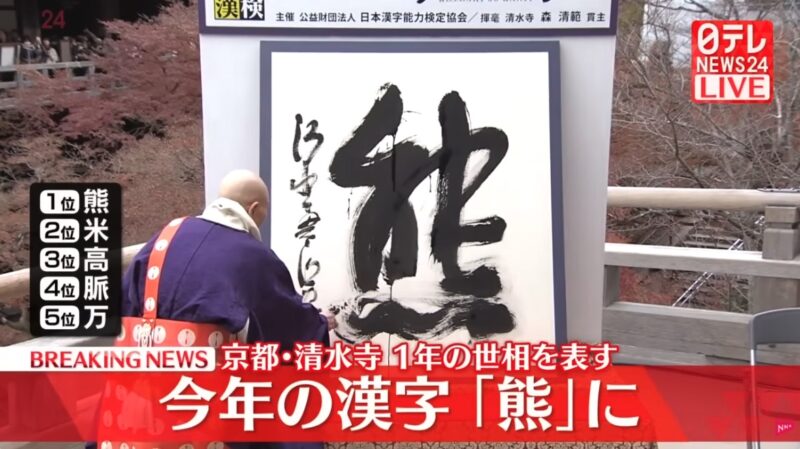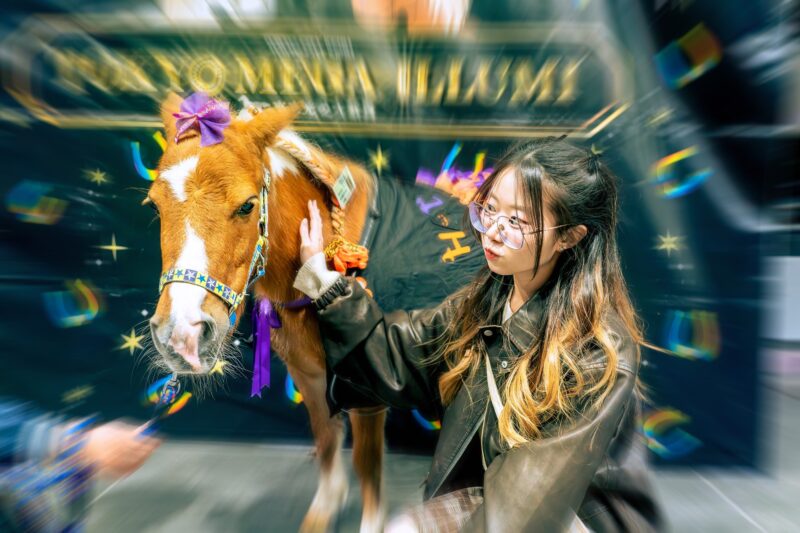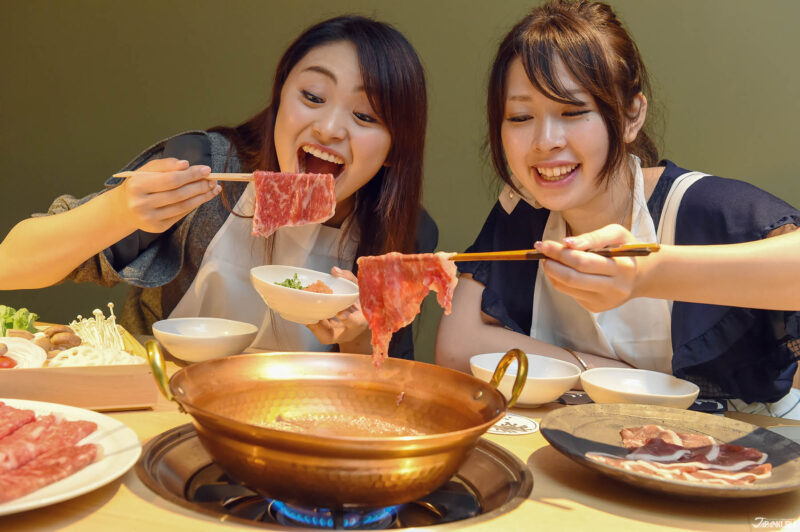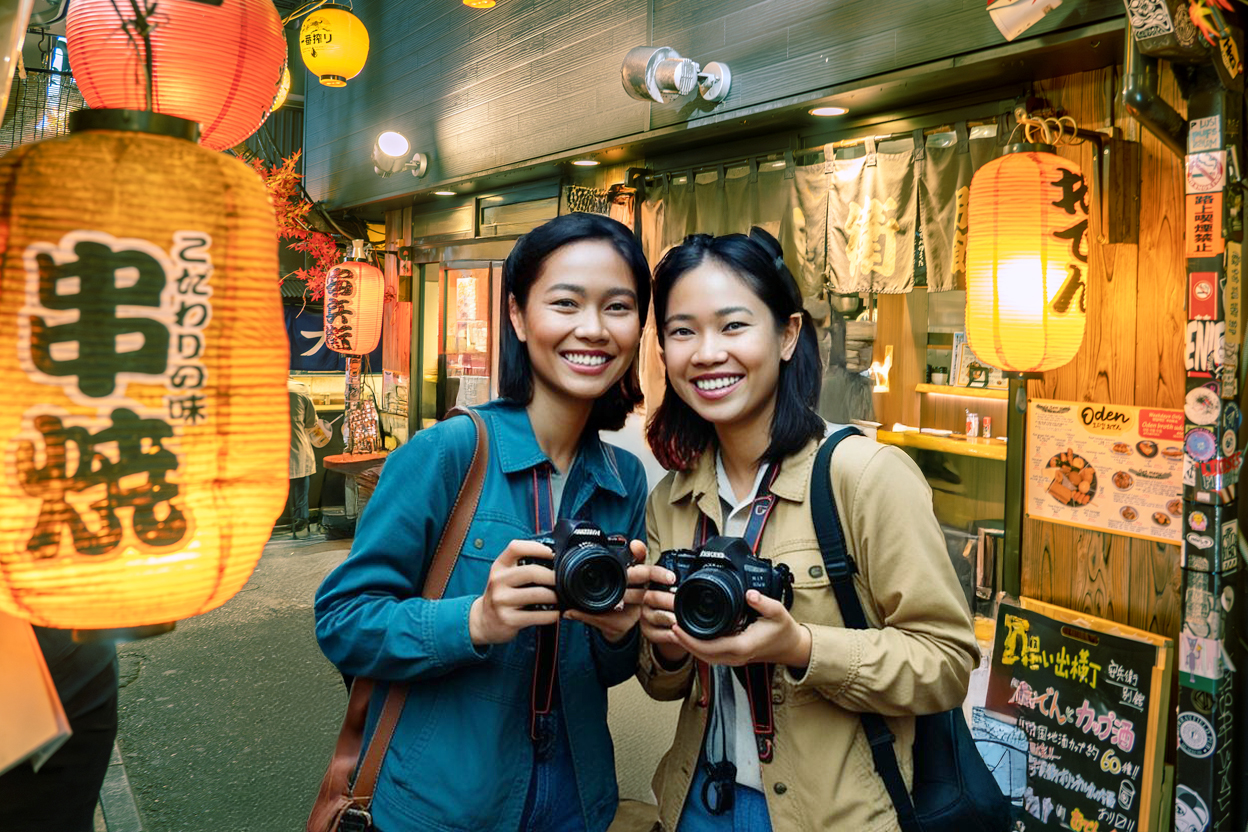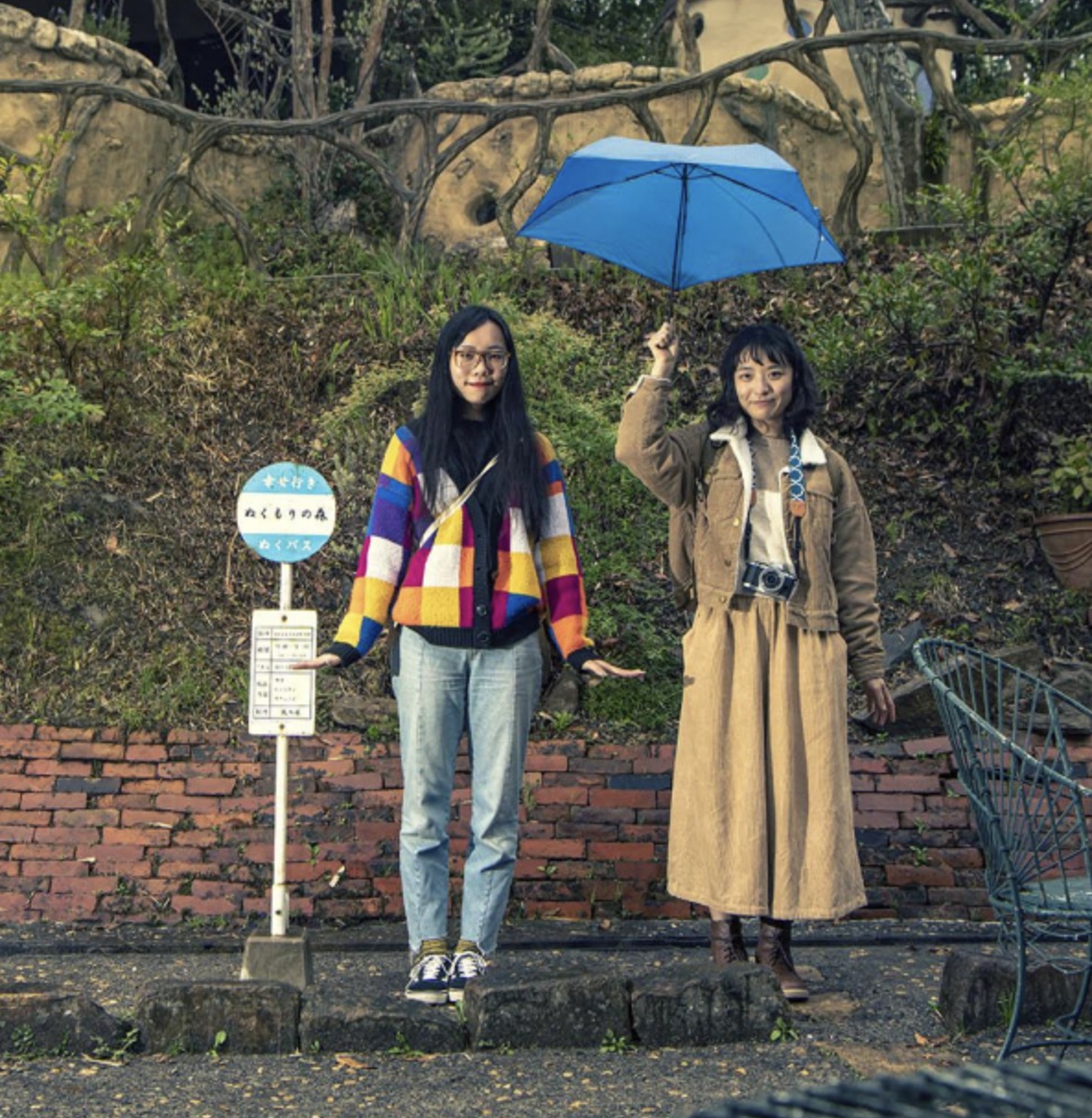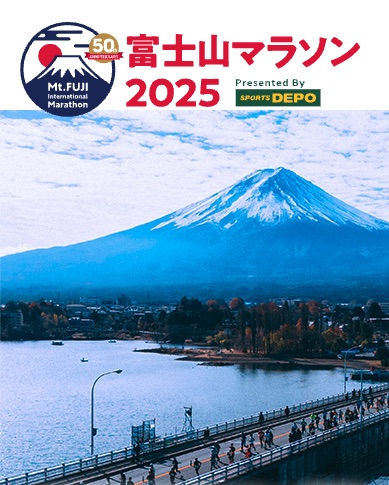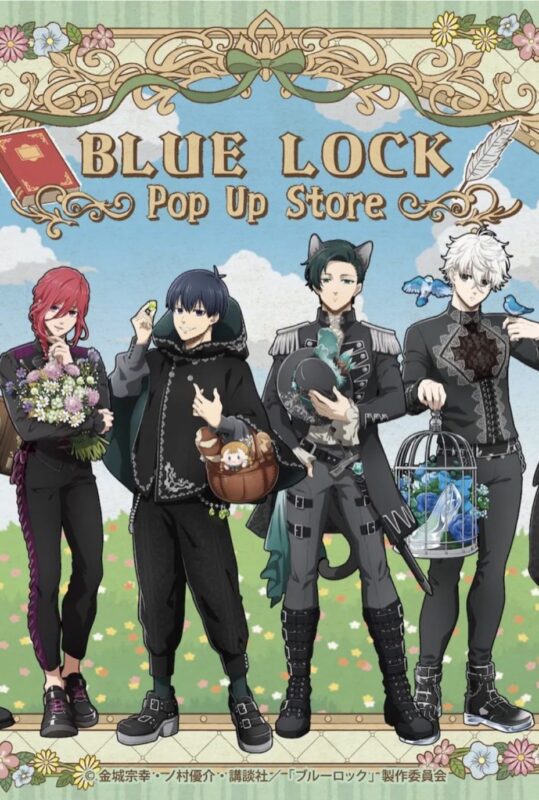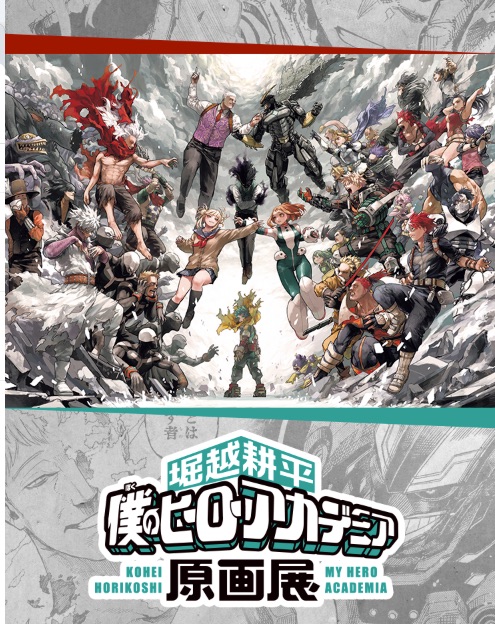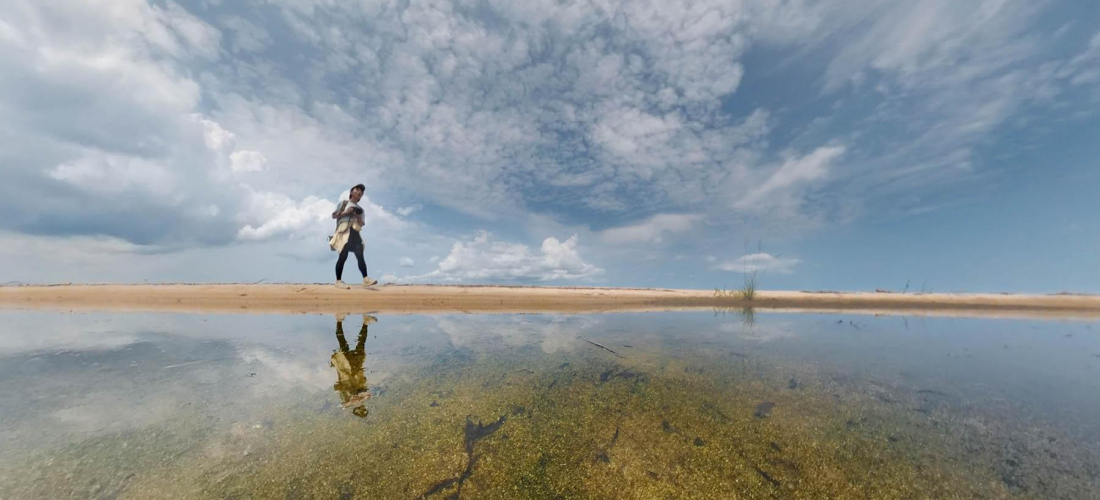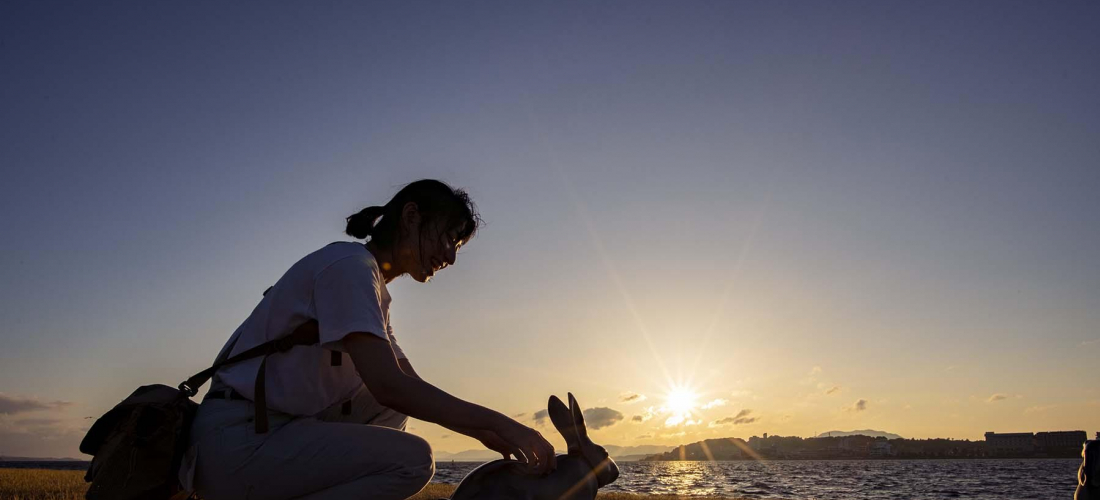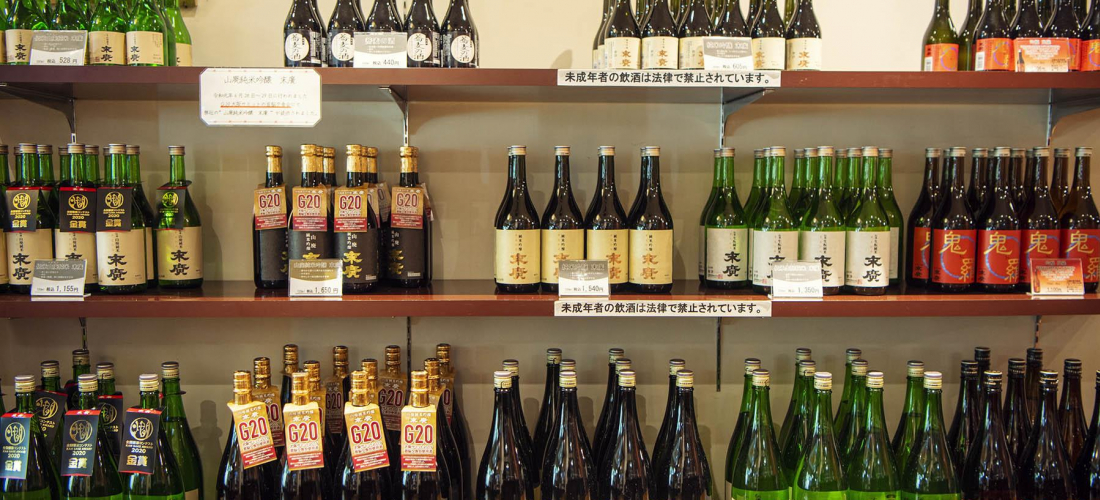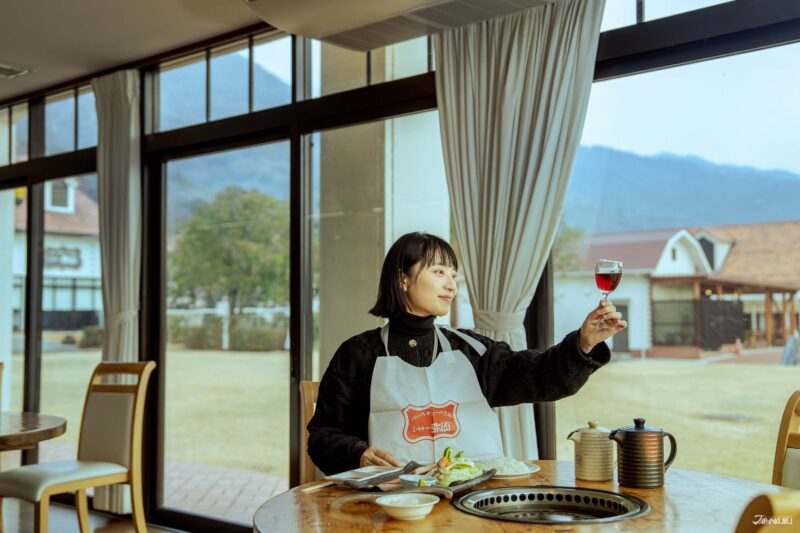
If you’ve ever heard of Japan’s Tottori and Shimane prefectures, you might also know of local culinary specialties like Izumo soba, Matsue’s tai-meshi (sea bream rice), or gyukotsu beef ramen. But the gourmet delights of the San’in region don’t stop there! On our fifth visit to the area, we got a little help from some local contacts to curate an itinerary packed with food adventures, with a focus on underappreciated hidden gems. Check out the must-eat foods, must-buy products, and must-see destinations from our San’in area adventure!
CONTENTS
San’in Gourmet Route 1: For Seafood Lovers
Recommendation ①: Crab Bowls & Fresh Grilled Seafood at Tairyo Fish Market Nakaura
Sakaiminato, Tottori is the hometown of famed manga author and GeGeGe no Kitaro creator Shigeru Mizuki, but it’s also home to the Tairyo Fish Market Nakaura, a paradise for food enthusiasts with a love of seafood. The market offers an array of fresh marine delicacies throughout the year, with Japanese snow crab taking center stage. Different areas offer both cooked food to eat on the spot, and products to bring home!

Grab a cold drink and grill up some fresh squid, turban shells, and scallops, or save space in your stomach for the star attraction, the ultra-popular Crab Chutoro Donburi.
This unique dish is prepared using a special technique that gives the crab meat a luxurious texture reminiscent of tuna chutoro, with a light, sweet flavor. Crab enthusiastics will be overjoyed at how effortlessly delicious the dish is, since digging crab meat out of the shell is always the most annoying part of the process! This simple rice bowl is a true delight, letting you savor the deep umami flavor of the crab without all the work.
After a satisfying meal, you can stroll around the market to check out the selection of local souvenirs, or if you still have room in your stomach you can always get yourself a whole crab – there are boiled crabs big and small! If you’ve got a sweet tooth and you want to broaden your horizons in Japan, you can always treat yourself to a cone of squid ink soft serve ice cream. Curious about the taste? You’ll have to visit and find out for yourself! Just don’t forget to take a commemorative photo with the towering 7.7-meter-tall Kitaro statue at the entrance before you leave!
Tairyo Fish Market Nakaura (大漁市場なかうら)
209 Takenouchidanchi, Sakaiminato, Tottori
Hours: 8:30 – 16:30 (closed 12/31~1/4)
Directions: 7-minute drive from Yonago Airport, or a 10-minute drive from Sakaiminato Station
Official Website (jp)
Recommendation ②: Bargain Seafood Bowls at Yamayoshi-tei

Located in Tottori’s Shinsen Market, next to Aeon Mall Hiezu, Yamayoshi-tei is a beloved seafood restaurant specializing in kaisen-don (seafood bowls), cherished by both locals and out-of-town visitors. The shop uses fresh seafood sourced from the Sakaiminato harbo to create more than a dozen different varieties of seafood bowl.

This time, we ordered the vibrant red maguro-don, heaped high with fresh tuna, and the most popular donburi on the menu, the mixed seafood bowl. Each order comes with a cup of delicious miso soup, and although the standard base is plain white rice, you can upgrade to sushi rice for just 100 yen if you prefer. Diners with smaller appetites can also request a reduced portion of rice instead, and they even provide a soft-boiled “onsen egg” as a bonus!
Just one look at these bowls overflowing with fresh sashimi is enough to make your mouth water, and the best part is that these luxurious seafood donburi bowls are priced under 2,000 yen! No wonder there’s always a long line during lunchtime – it’s really worth the wait.
Of course, if you avoid peak hours, you can enjoy the same popular seafood bowls without the rush. Or, if you don’t feel like waiting in line, you can always grab a boiled crab or takeout sushi to go instead.
Yamayoshitei (海鮮どんぶり 山芳亭)
1026-1 Hiezu, Saihaku District, Tottori
Hours: 11:30 – 15:00 (closed Wednesdays)
Directions: from Yonago Station, take the Kaike Line bus bound for Aeon East Wing, and get off at Aeon West Wing
Official Website (jp)
Recommendation ③: Refreshing Mackerel Shabu-Shabu at Bishukakou Yuraku
Mackerel is often grilled or stewed in Japan, and eaten as an everyday staple, but here in the San’in region you can also enjoy the fish as shabu-shabu – a style of hotpot often used to savor high-end ingredients. Not far from Yonago Station, Bishukakou Yuraku is a stylish modern Japanese restaurant that use fresh Sakaiminato fish and other local ingredients from Mount Daisen and the San’in region to offer shabu-shabu and other dishes crafted with care.
Their mackerel shabu-shabu is the restaurant’s real standout. Since Yonago is close to the Sea of Japan, they can source incredibly fresh seafood worthy of the simple shabu-shabu preparatoin. The Japankuru team was starry-eyed at the platter of thin mackerel slices brought straight out of the kitchen by the chef. Each piece was translucent, with strips of shimmering skin that made the display look like a blooming flower.
Pick up a slice of mackerel, swish it a few times in the restaurant’s special broth until it’s cooked through, then dip it in their exclusive yuzu ponzu sauce. Each flavorful bite is more refreshing than the last! (Be sure to cook each slice thoroughly in the broth, since eating raw mackerel can be risky.)
Bishukakou Yuraku (美酒佳肴ゆらく)
227 Meijicho, Yonago, Tottori
Hours: 16:30 – 24:00 (closed Sundays)
Directions: 2 min walk from Yonago Station
Official Website (jp)
Bonus! After Visiting These Tottori Food Spots…
Aside from searching out some of the best food in Tottori’s Sakaiminato and Yonago areas, we also took the chance to enjoy the local culture and check out local landmarks, from the region’s traditional weaving handicrafts to the sunrise as seen from the ruins of Yonago Castle!
Don’t Miss This Yumigahama-gasuri Traditional Weaving Workshop
On this trip to Sakaiminato and Yonago we searched out some of the best eateries on the Yumigahama Peninsula, but this area isn’t only known for its spectacular seafood. The peninsula is also home to “Yumihama-gasuri” (ゆみがはまがすり) weaving traditions, passed down from generation to generation for the past 250 years. This San’in region handicraft is made using locally cultivated Hakushu cotton, and the fibers are dyed with indigo before being woven into simple, rustic textiles.
If you’re interested in getting hands-on with this local weaving tradition, you can try a Yumigahama-gasuri workshop at Musubi, a relatively new facility in Yonago’s Kaike Onsen resort area. Visitors can weave their own coasters on small traditional looms, shop a selection of locally crafted artisanal products, and relax at the cafe with a cup of coffee and desserts.
The Japankuru team has previously seen silk artisans using traditional looms in Nagano, but we never expected to experience weaving firsthand in Tottori! The instructor in charge of the workshop provided clear and simple instructions, and was always nearby to assist, making it a fun, low-pressure expereince. It generally takes about 30 minutes to complete a small coaster, and at the end you get to take home a special souvenir you made all on your own!
In addition to the Yumihama-gasuri coaster weaving, the facility also offers workshops focused on ceramics, ceramics painting, ceramic plates, and decorative cypress wood fans. If you enjoy a good craft project or handmade souvenirs, you’ll want to pay Musubi a visit! To be safe and avoid disappointment, they recommend making reservations online at least three days in advance, as spots may fill up by the time you arrive!
Musubi (結)
4-22-33 Kaikeonsen, Yonago, Tottori
Hours: 10:00 – 18:00 (closed Wednesdays and Thursdays)
Directions: from JR Yonago Station, take the Kaike Line bus bound for Kaike Onsen Tourist Center, get off at the final stop and walk 4 min
Official Website (jp) | Workshop Reservations
Don’t Miss the Stunning “Diamond Daisen” Sunrise
If you know anything about the San’in region, you’ve probably heard of Mt. Daisen, Tottori Prefecture’s sacred peak. Standing at approximately 1,709 meters, it’s the tallest mountain in the Chugoku region of Japan!
Every autumn and winter, visitors arrive in the Yonago area to feast their eyes on the breathtaking seasonal sunrise phenomenon known as “Diamond Daisen” – where the sun rises directly from the peak of Mt. Daisen, shining like a diamond as it emerges from behind the mountain. The best place to witness this spectacle is the Yonago Castle Ruins.
In an attempt to see Diamond Daisen we visited in late January, when the sunrise was expected at around 7:00 am, and we began our climb at 6:30. We reached the castle ruins in about 15 minutes, when the lights of the city still twinkled below, and the gentle hues of sunrise gradually tinted the sky. As the morning light slowly brightened, the silhouette of Mt. Daisen emerged like an ink painting.
This tranquil moment before dawn was like nothing else.
On the day the Japankuru team visited, thick clouds covered the mountain peak, so we missed out on our Diamond Daisen moment… but instead, we found ourselves entirely immersed in a sky of glowing sunrise-dyed clouds, surrounded by the romantic mountain landscape and the historic castle ruins. All’s well that ends well.
Yonago Castle Ruins (米子城跡)
Kumecho, Yonago, Tottori
Directions: from Yonago station, take the Yonago Loop Bus to Minatoyama Koen bus stop, or walk 15 minutes
Official Website (jp)
San’in Gourmet Route 2: For Those Who Love a Good Drink with Dinner
Recommendation ① Sample Gassan Sake at Yoshida Sake Brewery
When it comes to sake from Shimane, enthusiasts might know of the popular Gassan variety made by Yoshida Sake Brewery. From their classic Junmai Daiginjo and Izumo Junmai Ginjo to their modern Gassan Sparkling Sake, the whole series has found popularity in Japan and overseas, making a visit to Yoshida Sake Brewery in Hirose, Yasugi a must on this trip exploring Shimane’s culinary scene.
Yoshida Sake Brewery was originally called “Yasuyasaka Mise” (安屋坂店) at its founding in 1743. Early in its three-century history, during Japan’s historic Edo era (1603-1868), the sake was a favorite of local feudal lords, and in the years since it has remained highly popular among locals. The brewery uses advanced machinery and brewing techniques to turn rice cultivated by local contract farmers and the region’s ultra-soft water (recognized as one of Shimane Prefecture’s “Top 100 Famous Waters”) into a smooth, refreshing sake with a lingering aromatic aftertaste.
A visit to Yoshida Sake Brewery offers the chance to discover various sake options, including the well-known Gassan series. Beyond the selections available overseas, visitors can also find unpasteurized sake, limited-edition varieties, as well as plum wine and distilled spirits produced by Yoshida Sake Brewery. Additionally, the shop offers original merchandise, perfect for souvenirs.
During our visit, the brewery made a special exception and allowed us to sample their popular Gassan Sparkling Sake (normally, they do not offer tastings). This sparkling sake has a sweet taste and the effervescence of champagne, yet lacks the astringency often found in champagne.
Another highlight is the brewery’s historic architecture, which retains a strong vintage charm. The chimney on the premises bears the single kanji character “安” (Yasu), a remnant of the brewery’s original name. This area was once the castle town of the Amago clan’s Gassan Toda Castle, making a casual stroll around the surroundings a delightful experience.
Yoshida Brewery (吉田酒造)
1216 Hirosecho Hirose, Yasugi, Shimane
Hours: 9:00 – 17:00 (closed on Sundays/holidays in February; closed on weekends and holidays from March to May)
Official Website (jp)
Bonus! After Visiting Yoshida Sake Brewery…
Don’t Miss This Natural Plant Dye Washi Paper Workshop
In the same Yasugi area of Shimane as the Yoshida Sake Brewery, travelers will find a unique washi (Japanese paper) workshop and store called Shikiroku Hirose Washi. Hirose Washi is a traditional craft of Yasugi, Shimane Prefecture, but with the rise of machine-made washi, it has become increasingly rare. Shikiroku Hirose Washi, established in March 2022, is run by the sixth-generation Hirose Washi artisan, Yuki Ohto. After studying for three years under the fifth-generation artisan, Isao Nagashima, Ohto went independent and started her own workshop with her mother, who has a passion for natural plant dyes.
Although we initially wanted to try making washi by hand at the studio, we couldn’t make it to their special once-a-month workshop, so we opted for the equally fascinating washi dyeing experience. The washi used at Shikiroku is made from 100% domestically sourced materials, resulting in strong, durable paper that doesn’t easily tear. When placed in water during the dyeing process, it actually feels more like fabric!
Besides the hands-on experience, the workshop space also features small washi-made items such as coasters and lamps for sale, each one more delicate and aesthetically pleasing than the last. Next to the workshop, you can also relax and browse through small exhibition area showcasing washi creations by various artists.
Shikiroku Hirose Washi (広瀬和紙 紙季漉)
1704-2 Hirosecho Fube, Yasugi, Shimane
Hours: 10:00 – 16:00 (check their social media for a monthly calendar)
Directions: about a 25-minute drive from the Yasugi Interchange
Official Website (jp) | Instagram
Recommendation ② Bottomless Shimane Wine and Wagyu Beef
Japan might be known for its sake, but in recent years the local wine industry has been booming. When you’re visiting the Izumo area of Shimane, Shimane Winery is a perfect place to indulge in fine food and wine. This winery, the birthplace of Shimane Wine (島根わいん), offers free admission, and after the tour visitors can enjoy unlimited tastings at the free wine-tasting area inside the facility! If you find a wine you like, you can purchase it at the sales corner, which also offers grape juice and various gourmet products that pair well with wine.

Where there is good wine, delicious food pairings are a must. Shimane Winery’s yakiniku barbecue restaurant called BBQ House serves select “Shimane Wagyu” beef sets for you to grill to perfection, as well as some other Shimane culinary specialties, like warigo soba noodles.
Shimane Winery (島根ワイナリー)
264-2 Taishacho Hishine, Izumo, Shimane
Hours:
▷ Winery Tours: 10:00 – 16:30
▷ Tasting Area & Shop: 10:00 – 17:00
▷ Cold Drinks & Sweets Counter: 10:00 – 16:30
▷ BBQ House: weekdays 11:00 – 17:30 | weekends & holidays 11:00 – 18:30
*Opening hours vary from area to area; please check the official website for details.
Directions: 15 min on foot from Hamayama Koen Kitaguchi Station on the Ichibata Electric Railway, or take the Ichibata Bus to Shimane Winery bus stop
Official Website (jp)
Bonus! After Visiting Shimane Winery…
Don’t Miss a Stroll Past Izumo Taisha Shrine, Along Shinmon-dori
A trip to Izumo wouldn’t be complete without visiting Izumo Taisha Shrine. Shimane Winery is only about a 7-minute bus ride from Izumo Taisha, making it easy to include in your itinerary. While visiting the shrine is important, food lovers will also enjoy strolling along the approach, sampling snacks, and picking up souvenirs.
Shinmon-dori, the street leading to Izumo Taisha, is lined with charming shops and delicious treats. Here are two places we recommend! The first is Izumo Enmusubi Honpo, a shop offering many Izumo Taisha-themed snacks.
One of their most popular items is the heart-shaped Enmusubi Kamaboko Skewer, a delicious and Instagram-worthy treat. Another unique item is the Omikuji Cookie, perfect as a souvenir for coworkers or a fun addition to gatherings, as it adds a social and playful touch! Other great items include adorable bunny-shaped konpeito (sugar candies) and manju (sweet buns).
Wondering why there are so many rabbit-themed items around Izumo Taisha? The answer lies in the myth of Okuninushi no Mikoto, the shrine’s main deity. According to legend, he healed a skinned rabbit on his journey to Inaba, and in return, the rabbit prophesied his romantic success with the goddess Yakami-hime.
Izumo Enmusubi Honpo has two stores along Shinmon-dori. We visited the northern store, but if you have time, both quaint shops are worth a visit!
Izumo Enmusubi Honpo Shinmon-dori North Shop (出雲 縁結び本舗 神門通り北店)
775-1 Taishacho Kizukiminami, Izumo, Shimane
Hours: 10:00 – 17:00
Directions: 2 min on foot from Izumo Taisha-mae Station on the Ichibata Electric Railway
Official Website (jp)
Our second recommendation is Tawaraya Manju, famous for its traditional manju cakes, a specialty of Izumo Taisha. Tawaraya is a long-established shop located along the main approach to the shrine, founded in 1898, which means they boast a history of nearly 130 years. Their Tawara Manju features a fragrant, soft cakey outer layer with mildly sweet red bean jam inside. This kind of sweet is fantastic paired with tea, but it’s still delicious all on its own.
Tawaraya Manju are available for purchase individually, but they also come in gift boxes that make great souvenirs. This is what Japanese domestic travelers often bring home from their trip!
Tawaraya Manju Shinmon Shop (俵まんぢう 神門店)
771 Taishacho Kizukiminami, Izumo, Shimane
Hours: 8:30 – 17:30
Directions: 2 min on foot from Izumo Taisha-mae Station on the Ichibata Electric Railway
Official Website (jp)
Recommendation ③: Local Beer Tasting at Matsue Horikawa Local Beer Hall
For beer lovers, there’s nothing better than trying local brews at every stop while traveling, and these days craft beer makers can be found all around Japan. In Matsue, the city beloved by Lafcadio Hearn (who played a large role in introducing Japan to the West), the Matsue Horikawa Local Beer Hall offers some of the best of the city.
Their draft beer, Biaherun (ビアへるん) is made using traditional beer brewing methods while incorporating subtle refinements to suit Japanese tastes. All four of their classic beers have won awards at international beer competitions.
In addition to drinks, this beer hall also sells souvenirs, and the second floor serves food, making it a perfect spot to relax after seeing the sights in San’in.
Matsue Horikawa Local Beer Hall (松江堀川地ビール館)
509-1 Kurodacho, Matsue, Shimane 690-0876
Hours:
▷ Beer Bar: 9:30 – 16:30
▷ Souvenirs: 9:30 – 17:00
▷ Beer Restaurant: 11:00 – 15:00 (last order 14:30)
Directions: take the bus to Horikawa Yuran Noriba or Horikawa Yuran Noriba West Entrance bus stop
Official Website (jp)
Bonus! After Visiting Matsue Horikawa Craft Beer Hall…
The Matsue Horikawa Brewery and its Local Beer Hall are located in the Matsue area, which is known for Matsue Castle and the Horikawa River sightseeing boats that traverse the moat, but we also want to recommend a couple of less well-known spots to explore!
Don’t Miss the Enchanted Mirror Pond at Yaegaki Shrine
The Izumo and Matsue regions have long been regarded as sacred destinations in Japan, and they’re especially popular for those seeking romantic blessings. Among them, Izumo Taisha in Izumo and Yaegaki Shrine in Matsue are the two must-visit shrines for those in search of love. Locals say that that Izumo Taisha is more focused on matchmaking, while Yaegaki Shrine is known for protecting and nurturing relationships after they are formed. According to legend, the deity Susanoo-no-Mikoto, after defeating the fearsome eight-headed serpent Yamata-no-Orochi, married Princess Kushinadahime at this very site. In front of Yaegaki Shrine, there is also a mysterious “Married Couple Camellia” tree, which flower lovers should definitely check out.
Aside from the blessings for strong relationships, Yaegaki Shrine is especially famous for its unique Mirror Pond fortune-telling ritual – perfect for those who haven’t found their special someone yet. Shrines around Japan will occasionall offer omikuji (paper fortunes) that reveal your future when placed on water, but Yaegaki Shrine takes the process a step further. Here, you not only place the omikuji on the water’s surface but also place a coin on top of it. This precious piece of paper will first indicate the direction where your soulmate might be. Next, the time it takes for the paper to sink (which differs depending on the weight of the coin and the movenement of the water) reveals whether your soulmate is nearby or far away! You might just find out that the person for you is right there in Matsue!
The Mirror Pond is breathtaking, with its crystal-clear water reflecting numerous floating fortune slips. Under the sunlight, it shimmers with a faint, mystical blue hue, creating a special atmosphere. It’s fun to check out whether you want to take your fortune seriously, and do the ritual all on your own, or bring all your friends along.
Yaegaki Shrine (八重垣神社)
227 Sakusacho, Matsue, Shimane
Hours: 9:00 – 17:00
Directions: from JR Matsue Station, take the city bus (bound for Yaegaki Shrine, boarding at Stop No. 4) for approximately 20 minutes and get off at Yaegaki Shrine
Official Website (jp)
Don’t Miss Up-Close Encounters with Birds at Matsue Vogel Park
Located on the shore of Lake Shinji, Matsue Vogel Park is an all-weather botanical garden and bird park! It’s home to Japan’s largest flower greenhouse, spanning over 8,000 square meters, featuring thousands of varieties of begonias and fuchsias. The vibrant floral displays make it a paradise for plant lovers, garden enthusiasts, and anyone looking for the perfect Instagram-worthy shot.
However, the true highlight of the park is the bird houses. Home to around 90 different species, the park hosts a diverse range of waterfowl, tropical birds, and even some rare species – many of which visitors can feed from their own hands! The park’s most famous resident is Fudou, a massive shoebill stork. Seeing one of these iconic birds in person can be quite startling due to their enormous size and explosive calls. Native to the swamps of East Africa, this bird is known for its distinctive large beak and comically expressive face.
The park is largely enclosed in greenhouses, which makes it fun to visit no matter the weather, but on sunny days Matsue Vogel Park also hosts a schedule of events such as penguin walks and owl flight shows. During the Japankuru team’s visit, we were lucky enough to witness an owl flight demonstration. Watching an owl spread its wings and soar up close was an absolutely breathtaking experience.
Matsue Vogel Park (松江フォーゲルパーク)
52 Ogakicho, Matsue, Shimane
Hours:
▷ April ~ September: 9:00 – 17:30
▷ October ~ March: 9:00 – 17:00
Directions: approx. 25 minutes by car from JR Matsue Station
Official Website (en)
San’in Gourmet Route ③: For Foodies Who Love Nature
Recommendation ①: Adorable Fruit-Filled Treats at Grandma Manai’s Babbling Brook Restaurant
We already mentioned our attempt at catching one of the most beautiful sunrises in the San’in region, slowly rising over the sacred peak of Mt. Daisen. But nestled at the foot of that same mountain the Japankuru team discovered a homey little restaurant with a uniquely adorable name, which we translated to “Grandma Manai’s Babbling Brook Restaurant” (the Japanese is read as “Manai-baachan no Seseragi Restaurant” / 真名井ばあちゃんのせせらぎレストラン). This hidden gem has earned an impressive 4.2-star rating on Google Maps due to its specialty soba noodles, irresistibly cute fruit parfaits and desserts, and sweet staff. On this visit, we indulged in a luxurious strawberry parfait and a delightful bouquet of “flowers” made from ice cream and sweet white bean paste. Both were undeniably spectacular – a feast for the eyes and the mouth.
We got lucky during our visit, and happened to meet Grandma Manai herself, just as she was bidding farewell to her friends after tea. Despite being in her 80s, she was full of life, and she told us about how her passion for cooking had led her to open this restaurant decades ago. Manai is now mostly retired, having passed the business down to the next generation, but her daughter has taken up the mantle with gusto. The eye-popping desserts that are now so popular are a more recent addition to the menu!
Although we were mainly here for the sweets this time, we regretted not trying their soba noodles. But that just gives us another reason to return!
We were visiting with a sugar rush in mind, but as you might have guessed from the restaurant’s name, this area is quite famous for the water that flows from Amano Manai spring. This natural spring produces approximately 2,500 tons of fresh water daily, serving as a vital resource for the local community and agriculture, and it’s been designated one of Japan’s top 100 water sources by the Ministry of the Environment. Nearby, there’s a trail dotted with old-fashioned waterwheels and charming thatched-roof cottages, making it a great spot to stroll and experience the serene atmosphere of Mt. Daisen.
Grandma Manai’s Gentle Stream Restaurant (真名井ばあちゃんのせせらぎレストラン)
285-2 Yodoecho Inayoshi, Yonago, Tottori
Hours: 12:00 – 18:00 (last order 17:30, closed Tuesdays)
Directions: approximately 7 minutes by car from JR Yodoe Station
Instagram
Bonus! After Exploring Amano Manai…
Don’t Miss Stargazing Under the Stunning Starry Sky of Daisen
The Daisen area in San’in is one of Japan’s most popular stargazing spots. Many Japanese photography enthusiasts and professional photographers visit to capture breathtaking images of the night sky, and the local tourism board has even organized astrophotography tours in the past. This popularity has earned Tottori Prefecture the nickname “Hoshitori-ken” (Star-Capturing Prefecture).
What makes Daisen’s starry sky so enchanting isn’t just the stars themselves, but also how they harmonize with the surrounding landscape. Among the many popular photography locations, the Shoji Ueda Museum of Photography stands out as particularly intriguing for foreign visitors.
The western slopes of Mt. Daisen bear a striking resemblance to Mount Fuj, to the point that it’s sometimes called “Hoki-Fuji,” and the Shoji Ueda Museum of Photography offers a spectacular vantage point for viewing the mountain. At night, the minimal light pollution makes it a prime location for astrophotography.
Shoji Ueda was one of Japan’s most distinguished photographers and was also the photography mentor of the famous Japanese actor Masaharu Fukuyama. This makes the Shoji Ueda Museum of Photography a must-visit site for both photography enthusiasts and Fukuyama fans traveling to Tottori. Visiting the museum during the day, and stay past sunset to observe the beautiful night sky!
Shoji Ueda Museum of Photography (植田正治写真美術館)
353-3 Sumura, Hoki, Saihaku District, Tottori
Hours: 10:00 – 17:00 (closed Tuesdays, and closed during the winter from mid-December to late February)
Directions: about a 25-minute drive from JR Yonago Station
Official Website (en)
Don’t Miss Coastal Fairytale Scenery & Takoyaki Delights at Kirara Taki Roadside Station
Located in Taki, along the western coastline of Izumo City, this area is recognized as one of Japan’s Top 100 Sunset Spots. The Kirara Taki Roadside Station sits right by the sea, making the area a popular weekend destination for locals out on a scenic drive. The station’s charming, fairytale-like architecture and adorable Nordic elf statues outside create a whimsical atmosphere, making it a perfect spot for photos and leisurely strolls against a backdrop of blue skies and white clouds.
But for those familiar with Japan’s unequalled “Michi-no-Eki” roadside stations, the first thing that often comes to mind (whether you’re a foodie or not) is the variety of snacks and souvenirs! One of Kirara Taki’s specialties is the Izumo Seafood Takoyaki. Despite the name “takoyaki” (たこ焼き), which literally makes “cooked octopus,” takoyaki isn’t always made with octopus. At this roadside station, it also comes stuffed with shrimp or scallops, offering a satisfyingly firm texture.
Kirara Taki Roadside Station also offers some unique local foodie souvenirs (many of which are best eaten during your visit), such as beautifully shaped rose bread and a selection of fig-based products. If you follow the coastal road eastward from the station, you’ll also find several charming seaside cafes to explore.
Kirara Taki Roadside Station (道の駅 キララ多伎)
135-1 Takicho Taki, Izumo, Shimane
Hours:
▷ Specialty Store: 9:00 – 18:30
▷ Snack Stalls: 9:30 – 18:00
Directions: take the Ichibata Electric Railway’s Kita-Matsue Line from Densha Izumo City Station, then transfer to a bus on the JR Oda Line to Sunahara Station, a 5-minute walk from the roadside station
Official Website (jp)
Find the Best San’in Culinary Travel Experiences for You!
San’in has a lot to offer any foodie, and from the endless options, we put together three distinct gourmet routes through the region. Which one suits your palate best? If you want to add even more sightseeing (and great food) to your San’in culinary journey, don’t miss our previous articles on the San’in region, or the official “The Heart of the San’in Region” website! With the Osaka Expo coming up soon, this unique region of Japan would make a great addition to your trip to Kansai, but we think it’s worth visiting all on its own! Bon appetit – or as the Japanese might say, itadakimasu!
More on Central San’in:
・Meet the Gods and Monsters of Japan in San’in, the Land of Love: Sightseeing, Food, and More in Tottori and Shimane
・A Road Trip Guide From Izumo ・ Through the Mountains, Onsen, and Seas of San’in
・Tottori Hanakairo Flower Park | Western Japan’s Largest Flower Park
・Tamatsukuri Onsen | Springs for the Gods, Springs for Beauties, Baths for Everyone
・A Traditional Japanese Garden in Shimane, with a Garden of Lights | Yuushien (由志園)
・Visit San’in! From Izumo to Mt. Daisen, a Guide to the Central San’in Region
For more info and updates from Japan, check Japankuru for new articles, and don’t forget to follow us on X (Twitter), Instagram, and Facebook!
COMMENT
FEATURED MEDIA
VIEW MORE 
A New Tokyo Animal Destination: Relax & Learn About the World’s Animals in Japan
#pr #japankuru #anitouch #anitouchtokyodome #capybara #capybaracafe #animalcafe #tokyotrip #japantrip #카피바라 #애니터치 #아이와가볼만한곳 #도쿄여행 #가족여행 #東京旅遊 #東京親子景點 #日本動物互動體驗 #水豚泡澡 #東京巨蛋城 #เที่ยวญี่ปุ่น2025 #ที่เที่ยวครอบครัว #สวนสัตว์ในร่ม #TokyoDomeCity #anitouchtokyodome

Shohei Ohtani Collab Developed Products & Other Japanese Drugstore Recommendations From Kowa
#pr #japankuru
#kowa #syncronkowa #japanshopping #preworkout #postworkout #tokyoshopping #japantrip #일본쇼핑 #일본이온음료 #오타니 #오타니쇼헤이 #코와 #興和 #日本必買 #日本旅遊 #運動補充能量 #運動飲品 #ช้อปปิ้งญี่ปุ่น #เครื่องดื่มออกกำลังกาย #นักกีฬา #ผลิตภัณฑ์ญี่ปุ่น #อาหารเสริมญี่ปุ่น

도쿄 근교 당일치기 여행 추천! 작은 에도라 불리는 ‘가와고에’
세이부 ‘가와고에 패스(디지털)’ 하나면 편리하게 이동 + 가성비까지 완벽하게! 필름카메라 감성 가득한 레트로 거리 길거리 먹방부터 귀여움 끝판왕 핫플&포토 스폿까지 총집합!
Looking for day trips from Tokyo? Try Kawagoe, AKA Little Edo!
Use the SEIBU KAWAGOE PASS (Digital) for easy, affordable transportation!
Check out the historic streets of Kawagoe for some great street food and plenty of picturesque retro photo ops.
#pr #japankuru #도쿄근교여행 #가와고에 #가와고에패스 #세이부패스 #기모노체험 #가와고에여행 #도쿄여행코스 #도쿄근교당일치기 #세이부가와고에패스
#tokyotrip #kawagoe #tokyodaytrip #seibukawagoepass #kimono #japantrip

Hirakata Park, Osaka: Enjoy the Classic Japanese Theme Park Experience!
#pr #japankuru #hirakatapark #amusementpark #japantrip #osakatrip #familytrip #rollercoaster #retrôvibes #枚方公園 #大阪旅遊 #關西私房景點 #日本親子旅行 #日本遊樂園 #木造雲霄飛車 #히라카타파크 #สวนสนุกฮิราคาตะพาร์ค

🍵Love Matcha? Upgrade Your Matcha Experience With Tsujiri!
・160년 전통 일본 말차 브랜드 츠지리에서 말차 덕후들이 픽한 인기템만 골라봤어요
・抹茶控的天堂!甜點、餅乾、飲品一次滿足,連伴手禮都幫你列好清單了
・ส่องมัทฉะสุดฮิต พร้อมพาเที่ยวร้านดังในอุจิ เกียวโต
#pr #japankuru #matcha #matchalover #uji #kyoto #japantrip #ujimatcha #matchalatte #matchasweets #tsujiri #말차 #말차덕후 #츠지리 #교토여행 #말차라떼 #辻利抹茶 #抹茶控 #日本抹茶 #宇治 #宇治抹茶 #日本伴手禮 #抹茶拿鐵 #抹茶甜點 #มัทฉะ #ของฝากญี่ปุ่น #ชาเขียวญี่ปุ่น #ซึจิริ #เกียวโต

・What Is Nenaito? And How Does This Sleep Care Supplement Work?
・你的睡眠保健品——認識「睡眠茶氨酸錠」
・수면 케어 서플리먼트 ‘네나이토’란?
・ผลิตภัณฑ์เสริมอาหารดูแลการนอน “Nenaito(ネナイト)” คืออะไร?
#pr #japankuru #sleepcare #japanshopping #nenaito #sleepsupplement #asahi #睡眠茶氨酸錠 #睡眠保健 #朝日 #l茶胺酸 #日本藥妝 #日本必買 #일본쇼핑 #수면 #건강하자 #네나이토 #일본영양제 #อาหารเสริมญี่ปุ่น #ช้อปปิ้งญี่ปุ่น #ร้านขายยาญี่ปุ่น #ดูแลตัวเองก่อนนอน #อาซาฮิ

Japanese Drugstore Must-Buys! Essential Items from Hisamitsu® Pharmaceutical
#PR #japankuru #hisamitsu #salonpas #feitas #hisamitsupharmaceutical #japanshopping #tokyoshopping #traveltips #japanhaul #japantrip #japantravel

Whether you grew up with Dragon Ball or you just fell in love with Dragon Ball DAIMA, you'll like the newest JINS collab. Shop this limited-edition Dragon Ball accessory collection to find some of the best Dragon Ball merchandise in Japan!
>> Find out more at Japankuru.com! (link in bio)
#japankuru #dragonball #dragonballdaima #animecollab #japanshopping #jins #japaneseglasses #japantravel #animemerch #pr

This month, Japankuru teamed up with @official_korekoko to invite three influencers (originally from Thailand, China, and Taiwan) on a trip to Yokohama. Check out the article (in Chinese) on Japankuru.com for all of their travel tips and photography hints - and look forward to more cool collaborations coming soon!
【橫濱夜散策 x 教你怎麼拍出網美照 📸✨】
每次來日本玩,是不是都會先找旅日網紅的推薦清單?
這次,我們邀請擁有日本豐富旅遊經驗的🇹🇭泰國、🇨🇳中國、🇹🇼台灣網紅,帶你走進夜晚的橫濱!從玩樂路線到拍照技巧,教你怎麼拍出最美的夜景照。那些熟悉的景點,換個視角說不定會有新發現~快跟他們一起出發吧!
#japankuru #橫濱紅磚倉庫 #汽車道 #中華街 #yokohama #japankuru #橫濱紅磚倉庫 #汽車道 #中華街 #yokohama #yokohamaredbrickwarehouse #yokohamachinatown

If you’re a fan of Vivienne Westwood's Japanese designs, and you’re looking forward to shopping in Harajuku this summer, we’ve got important news for you. Vivienne Westwood RED LABEL Laforet Harajuku is now closed for renovations - but the grand reopening is scheduled for July!
>> Find out more at Japankuru.com! (link in bio)
#japankuru #viviennewestwood #harajuku #omotesando #viviennewestwoodredlabel #viviennewestwoodjapan #비비안웨스트우드 #오모테산도 #하라주쿠 #日本購物 #薇薇安魏斯伍德 #日本時尚 #原宿 #表參道 #japantrip #japanshopping #pr

Ready to see TeamLab in Kyoto!? At TeamLab Biovortex Kyoto, the collective is taking their acclaimed immersive art and bringing it to Japan's ancient capital. We can't wait to see it for ourselves this autumn!
>> Find out more at Japankuru.com! (link in bio)
#japankuru #teamlab #teamlabbiovortex #kyoto #kyototrip #japantravel #artnews
Photos courtesy of teamLab, Exhibition view of teamLab Biovortex Kyoto, 2025, Kyoto ® teamLab, courtesy Pace Gallery

Japanese Makeup Shopping • A Trip to Kamakura & Enoshima With Canmake’s Cool-Toned Summer Makeup
#pr #canmake #enoshima #enoden #에노시마 #캔메이크 #japanesemakeup #japanesecosmetics

⚔️The Robot Restaurant is gone, but the Samurai Restaurant is here to take its place. Check it out, and don't forget your coupon!
🍣신주쿠의 명소 로봇 레스토랑이 사무라이 레스토랑으로 부활! 절찬 쿠폰 발급중
💃18歲以上才能入場的歌舞秀,和你想的不一樣!拿好優惠券去看看~
#tokyo #shinjuku #samurairestaurant #robotrestaurant #tokyotrip #도쿄여행 #신주쿠 #사무라이레스토랑 #이색체험 #할인이벤트 #歌舞伎町 #東京景點 #武士餐廳 #日本表演 #日本文化體驗 #japankuru #japantrip #japantravel #japanlovers #japan_of_insta

Japanese appliance & electronics shopping with our KOJIMA x BicCamera coupon!
用JAPANKURU的KOJIMA x BicCamera優惠券買這些正好❤️
코지마 x 빅 카메라 쿠폰으로 일본 가전 제품 쇼핑하기
#pr #japankuru #japanshopping #kojima #biccamera #japaneseskincare #yaman #dji #osmopocket3 #skincaredevice #日本購物 #美容儀 #相機 #雅萌 #日本家電 #일본여행 #면세 #여행꿀팁 #일본쇼핑리스트 #쿠폰 #일본쇼핑 #일본브랜드 #할인 #코지마 #빅카메라 #japankurucoupon

